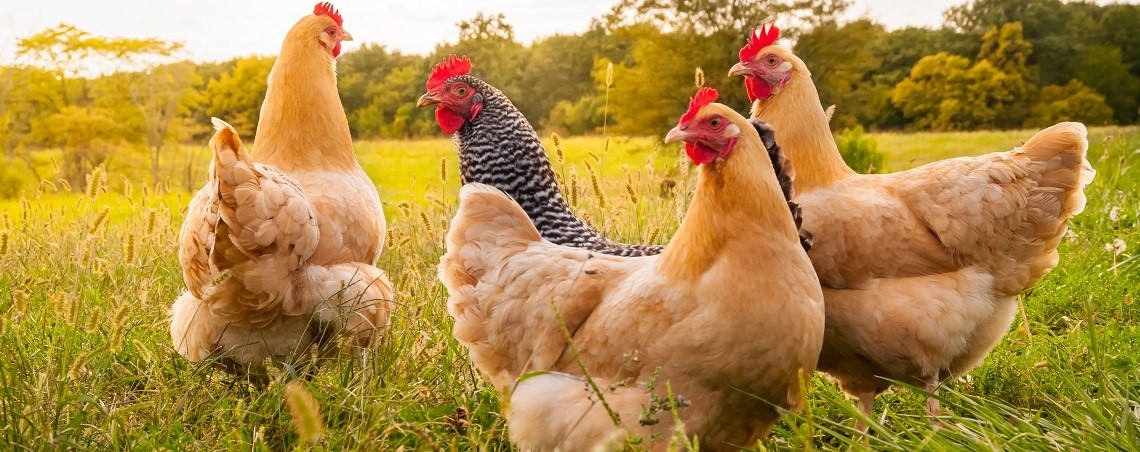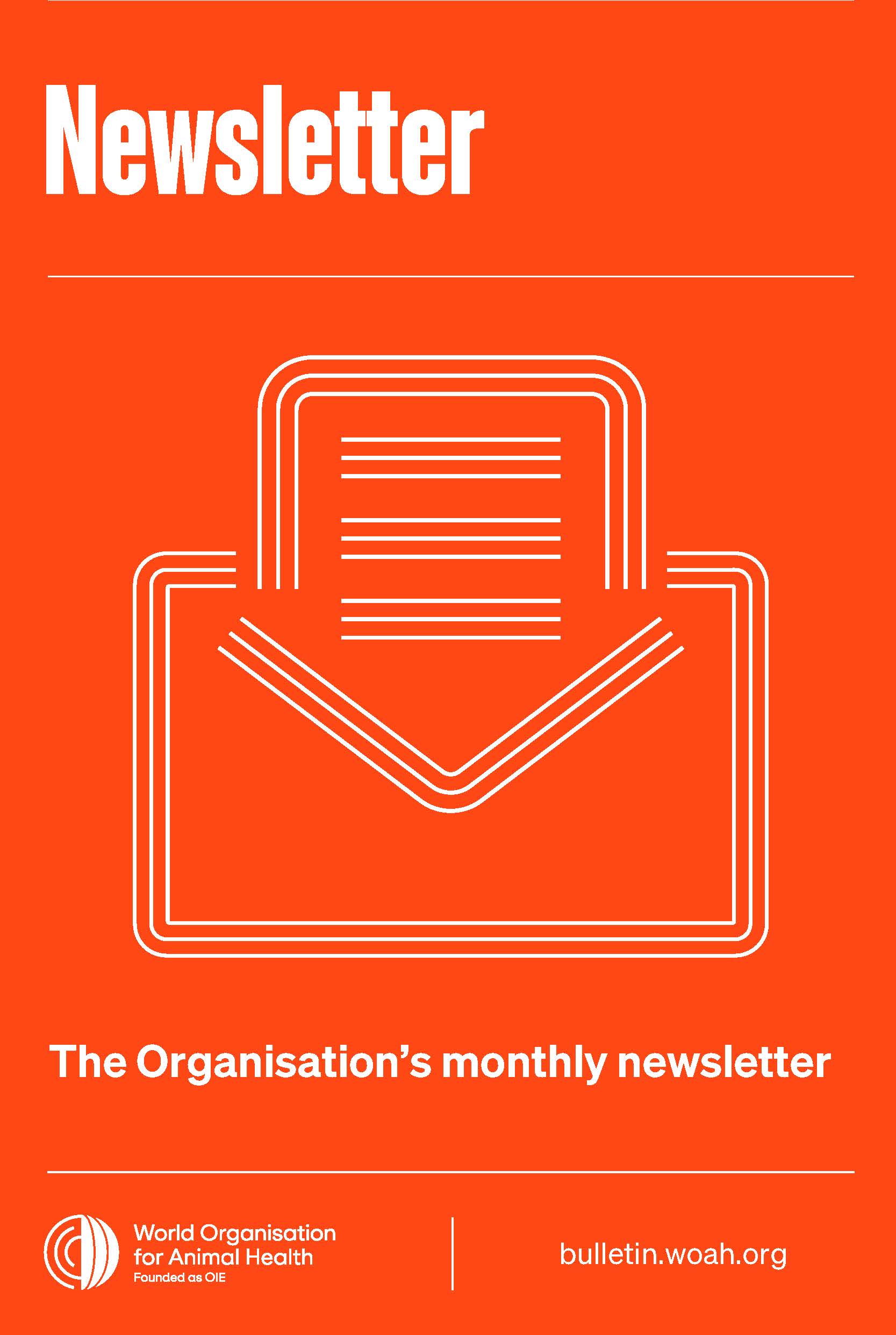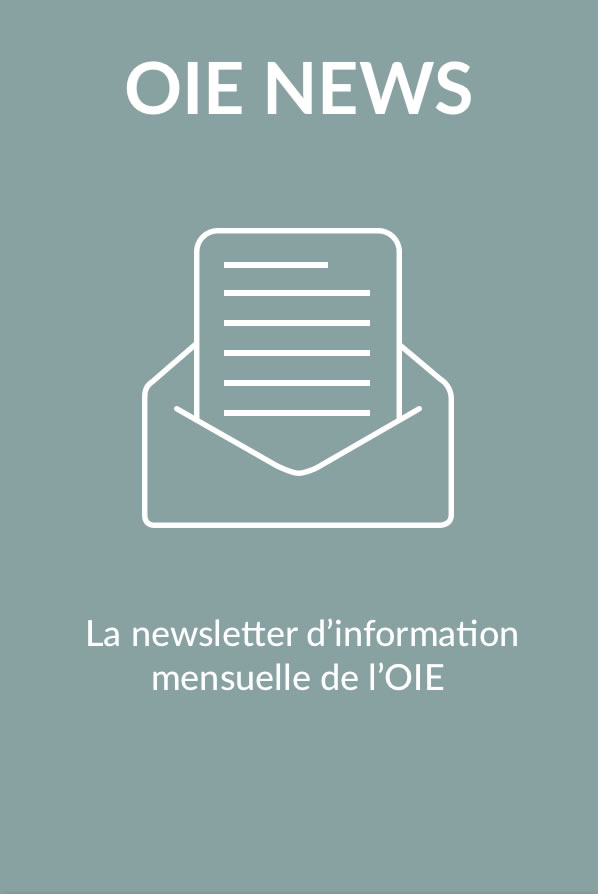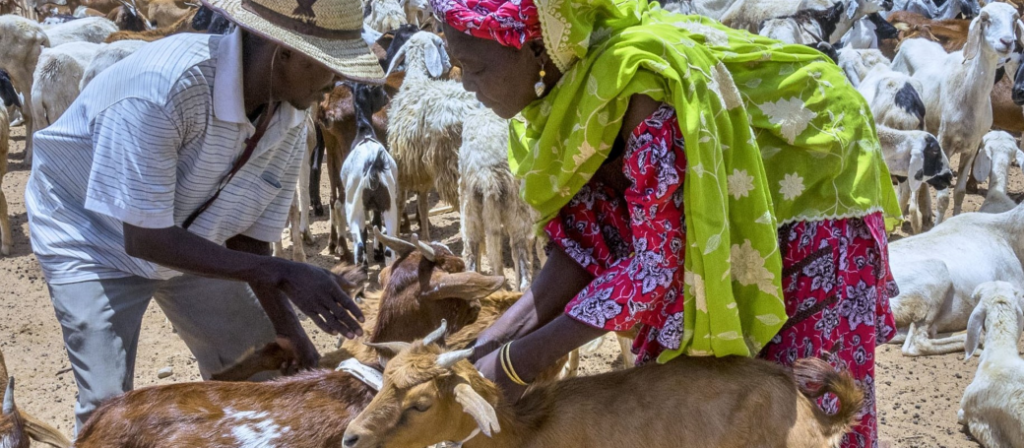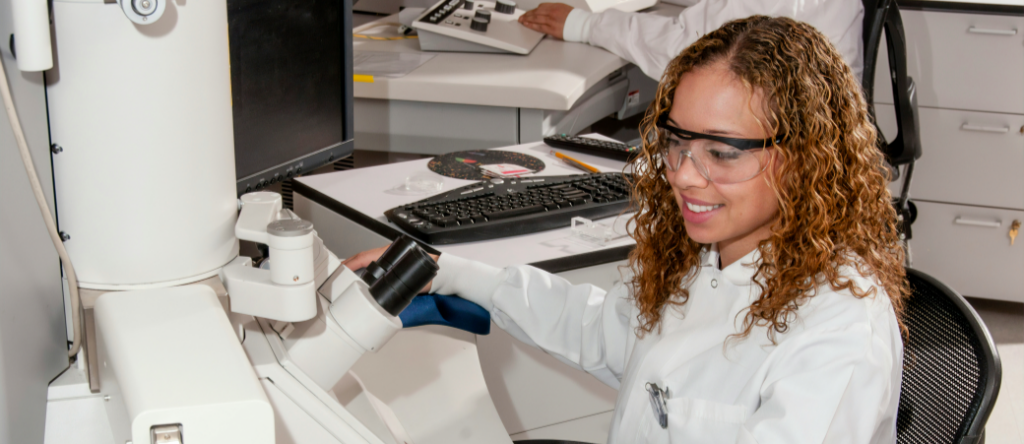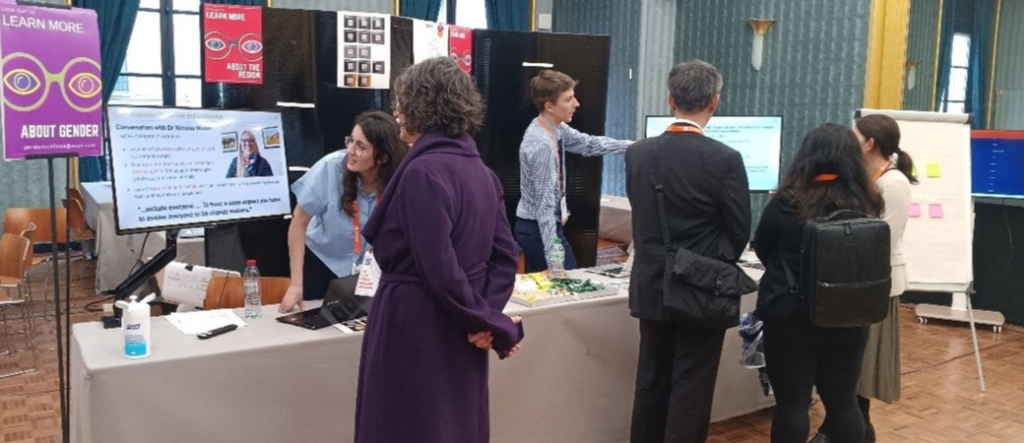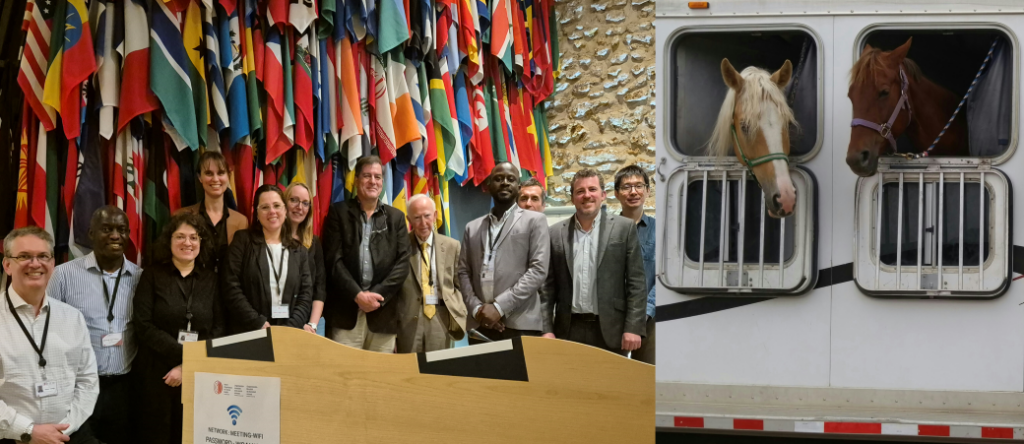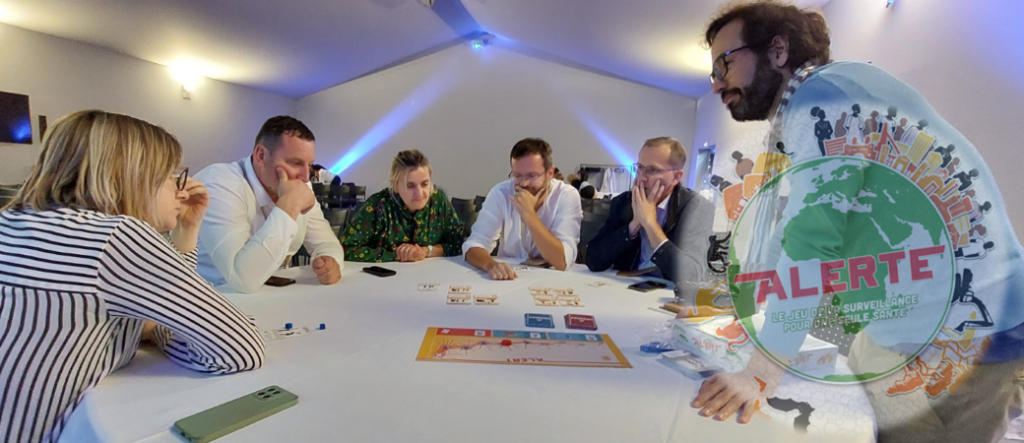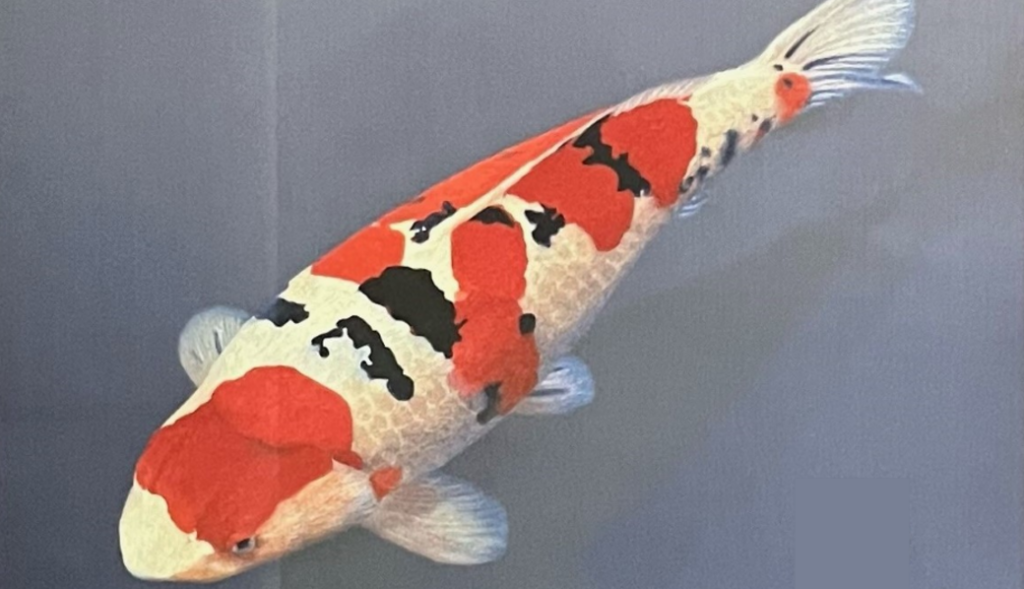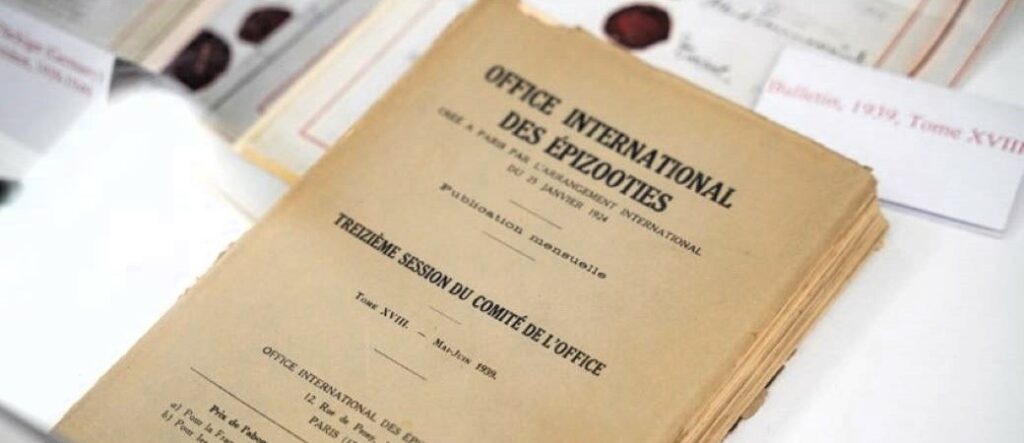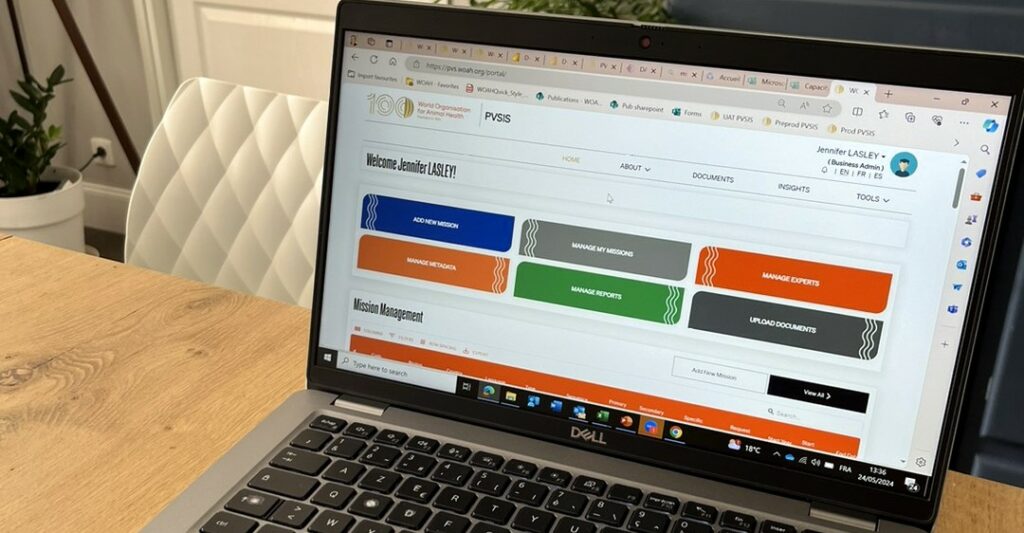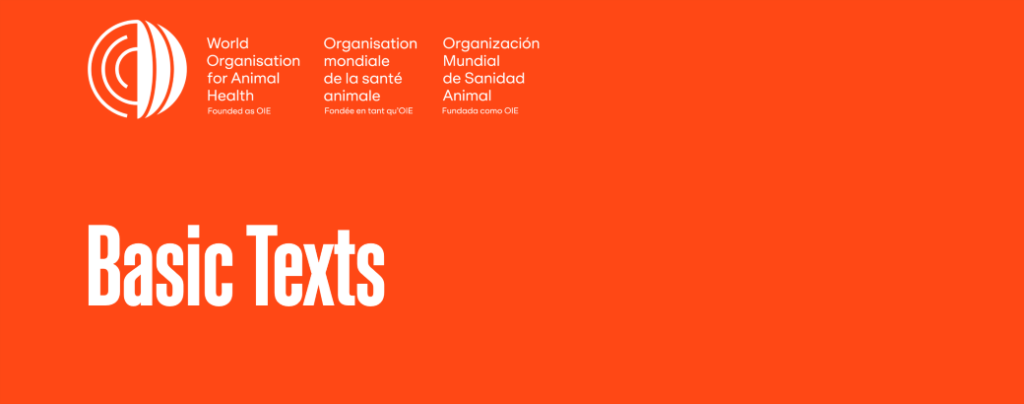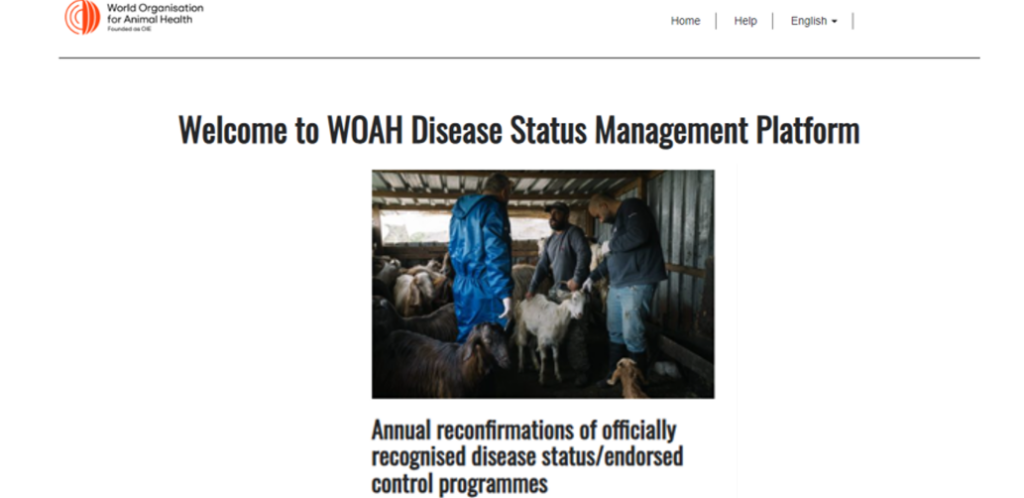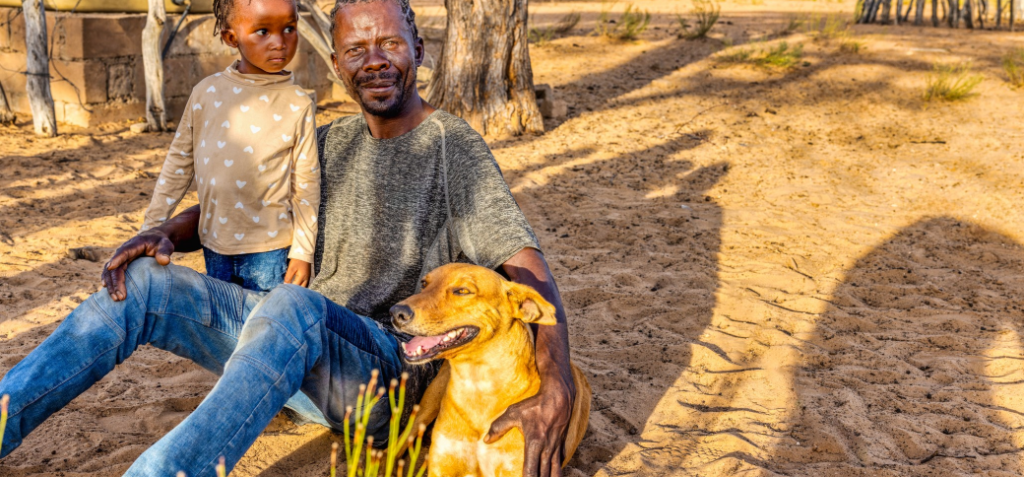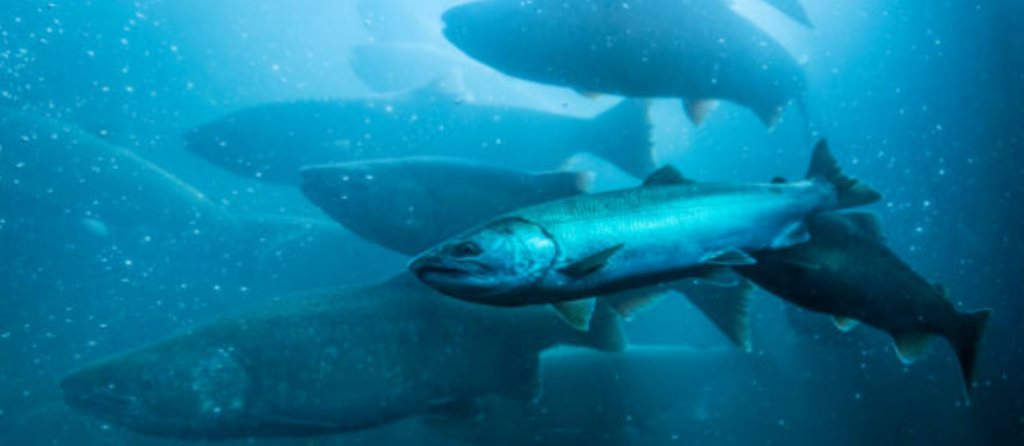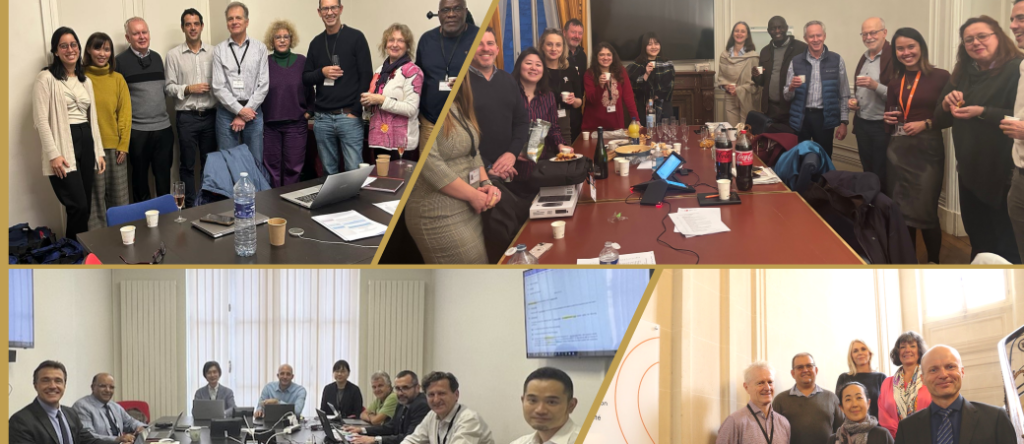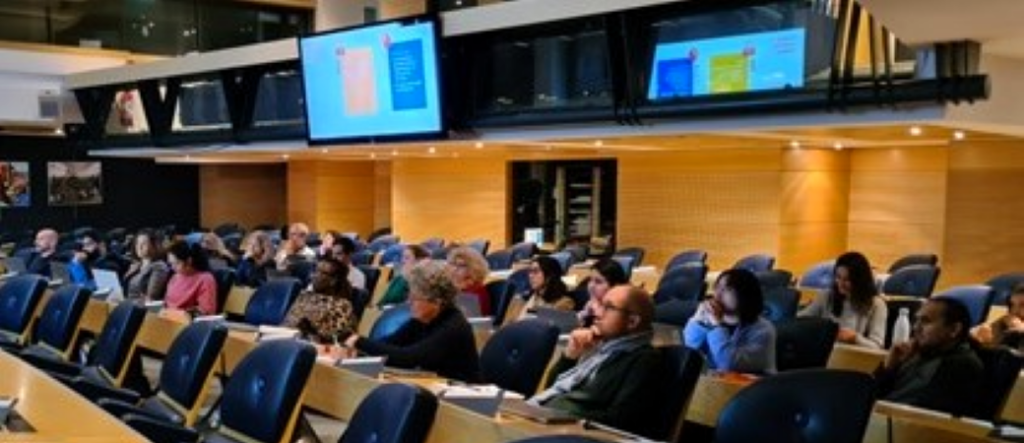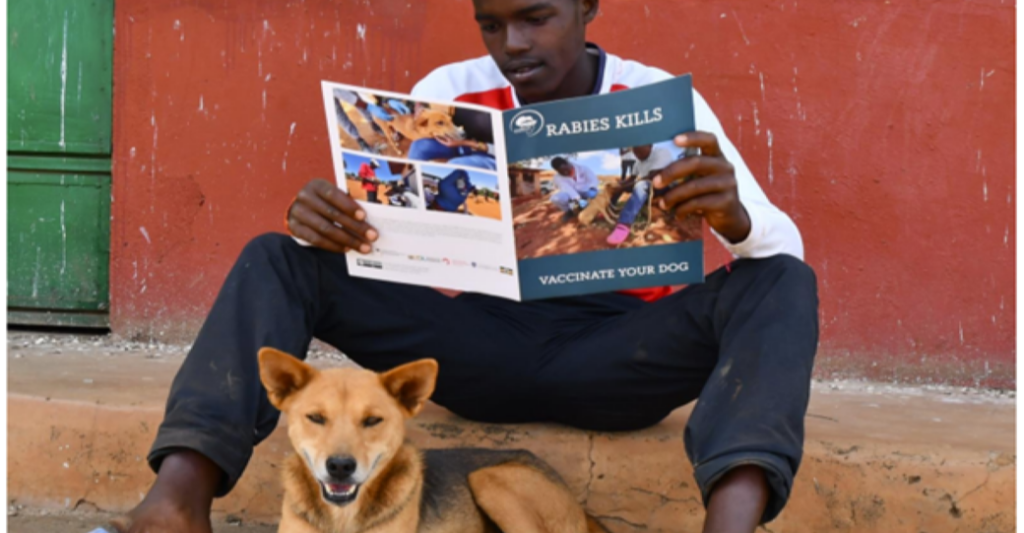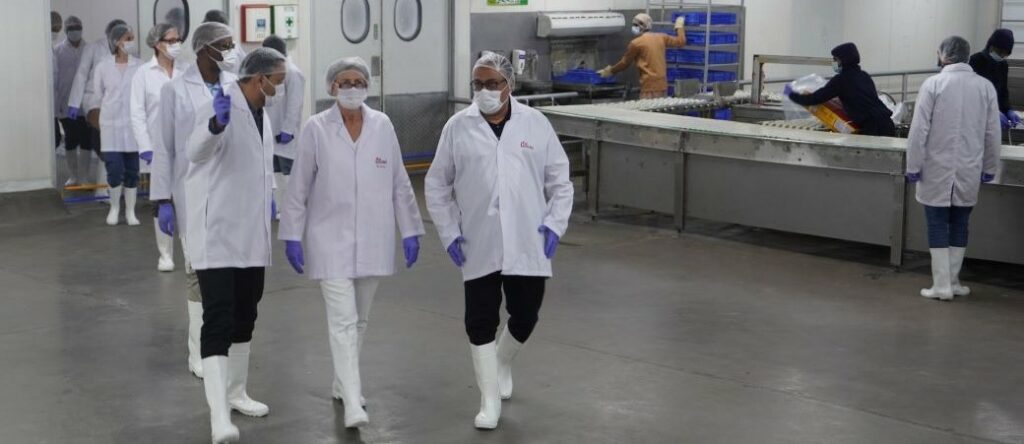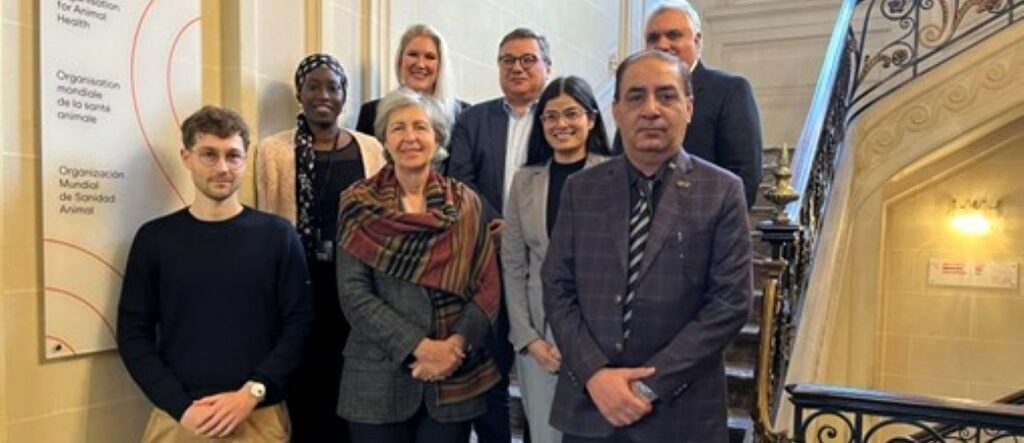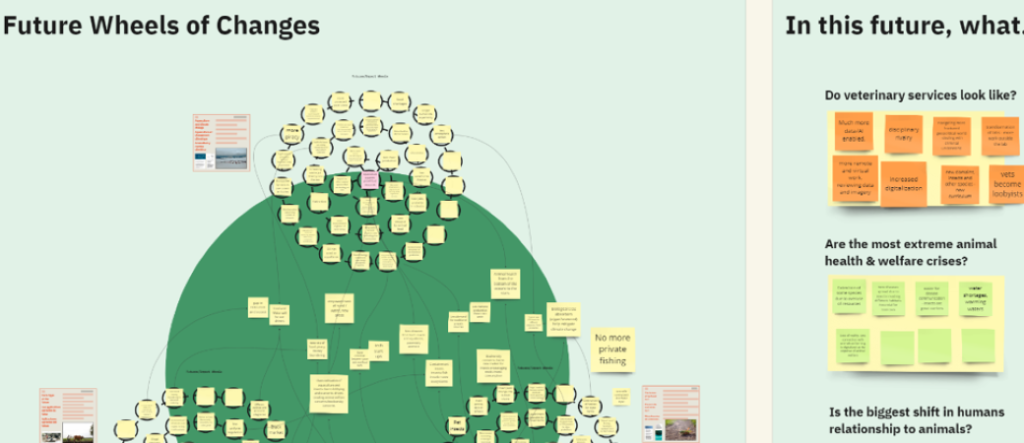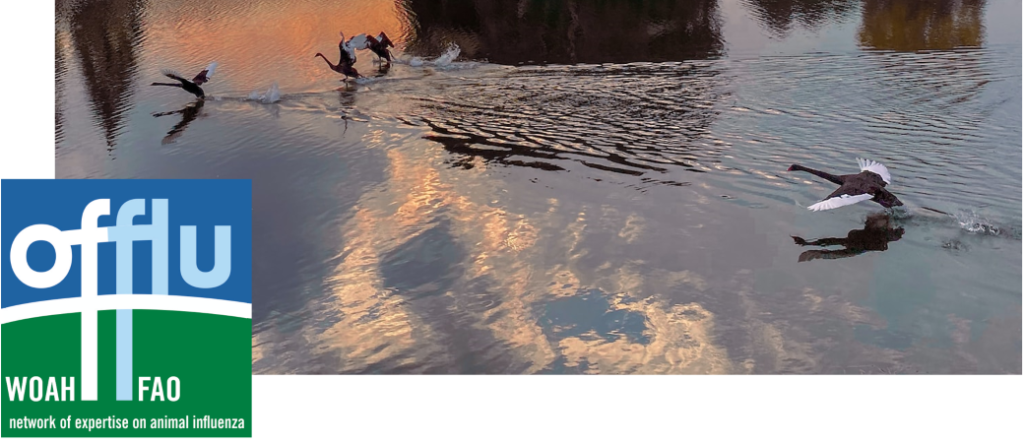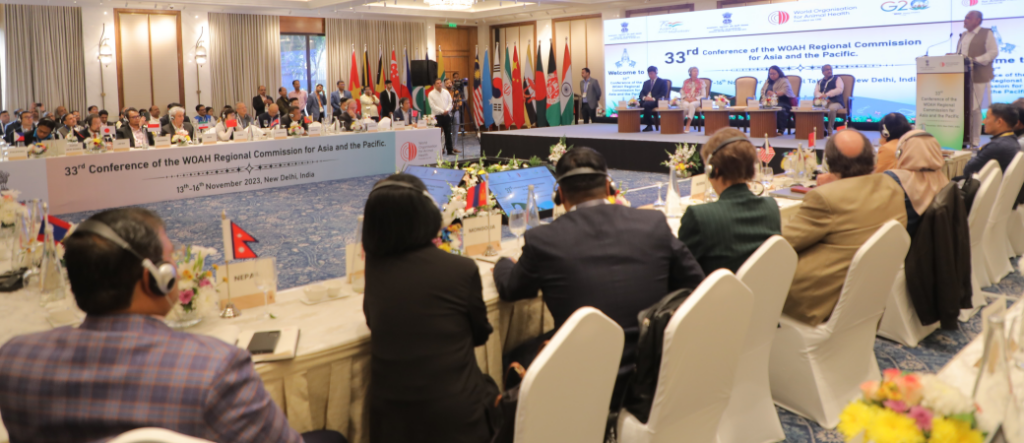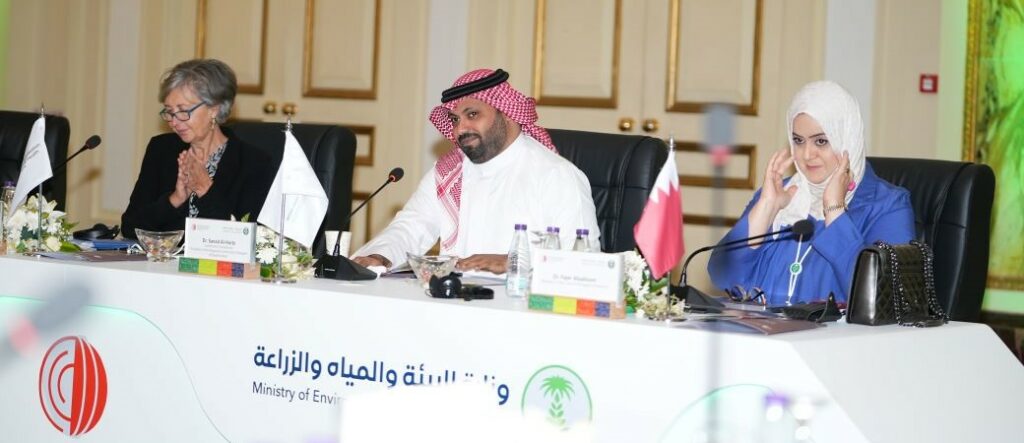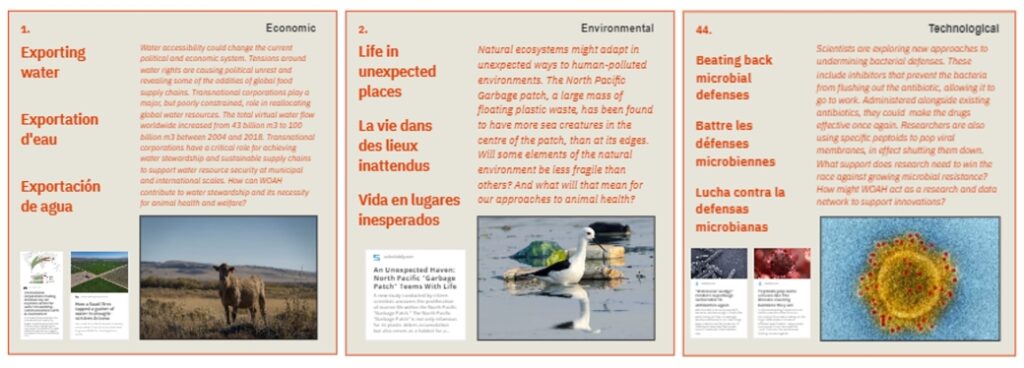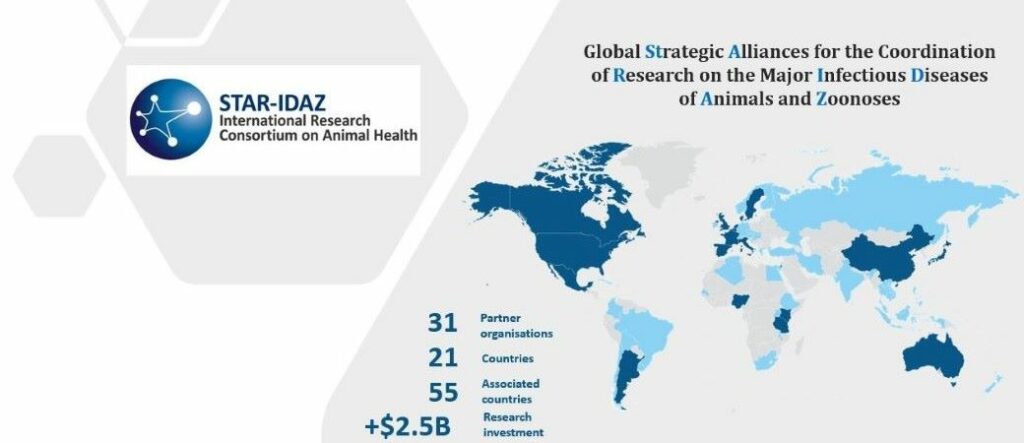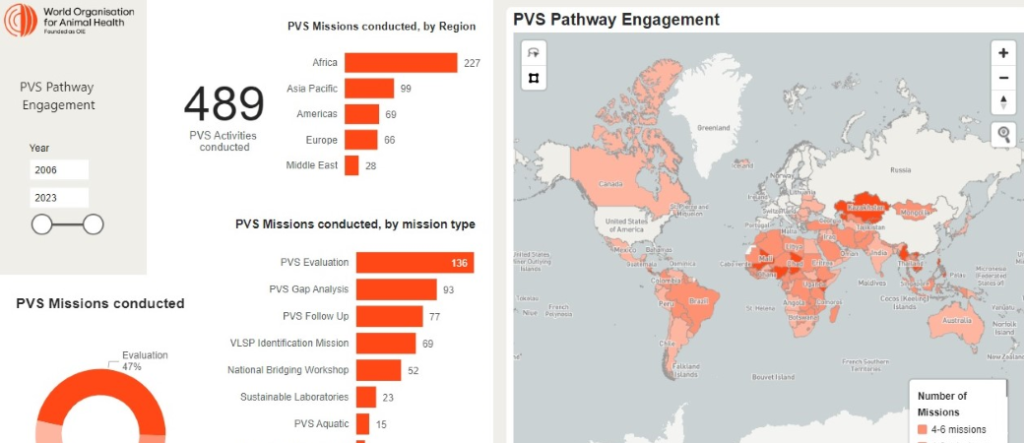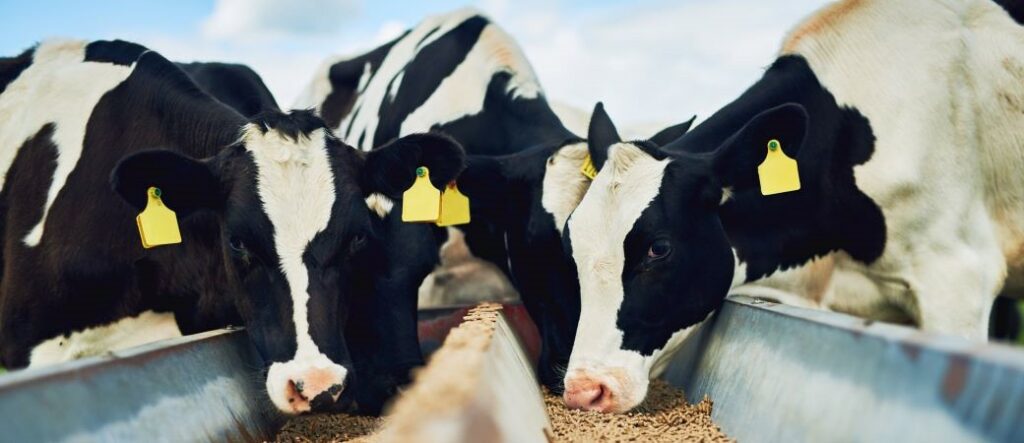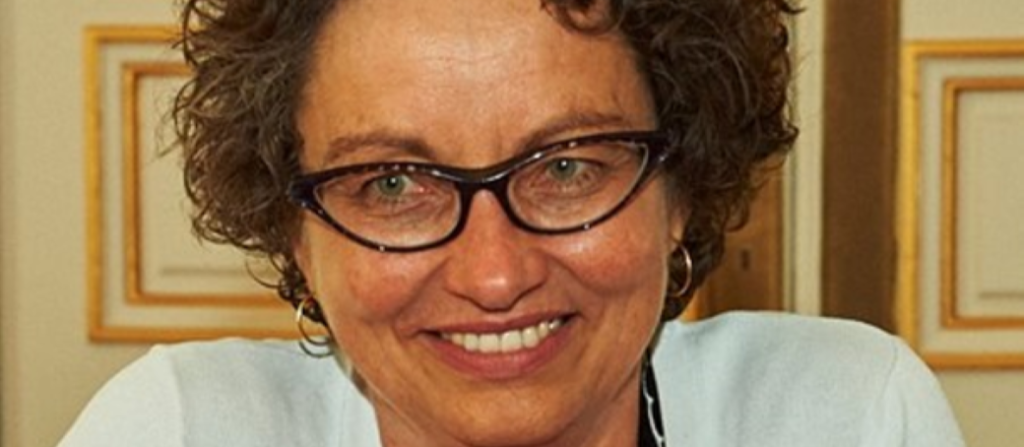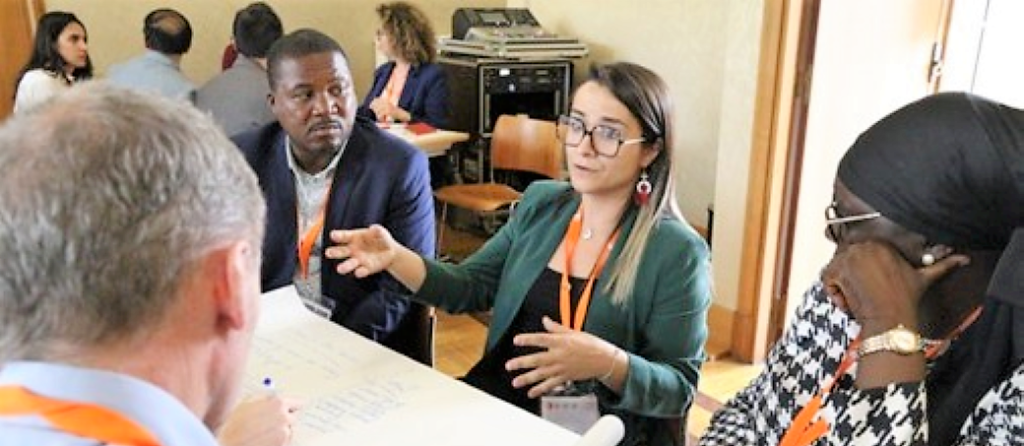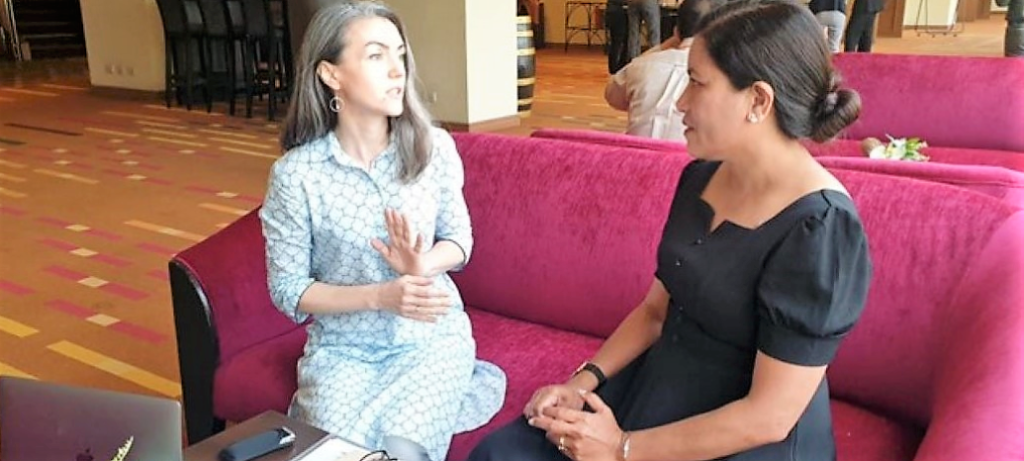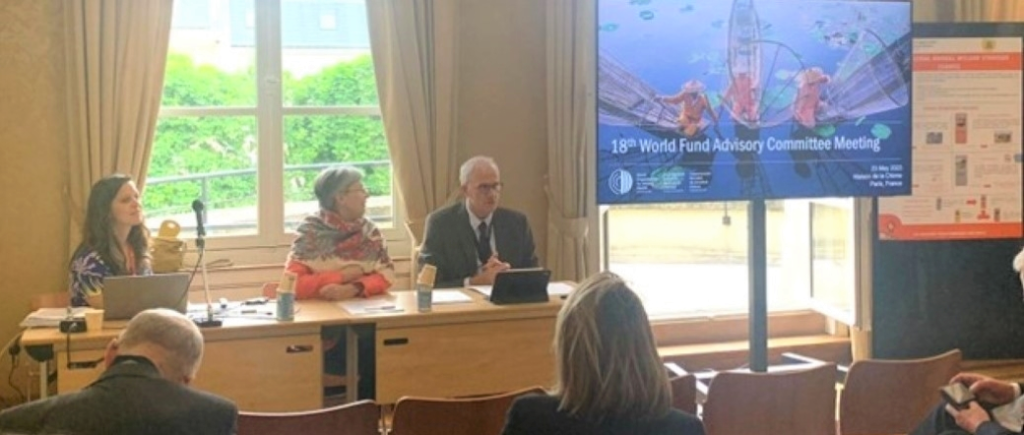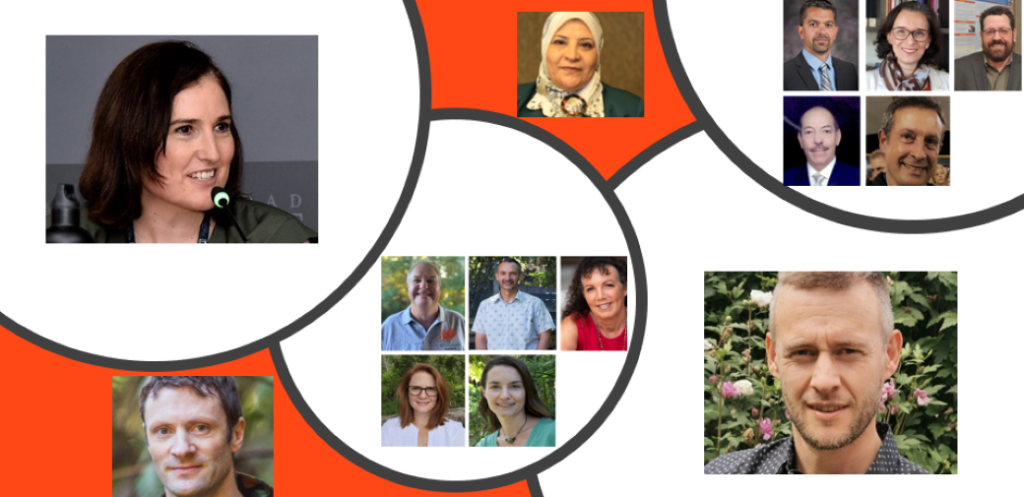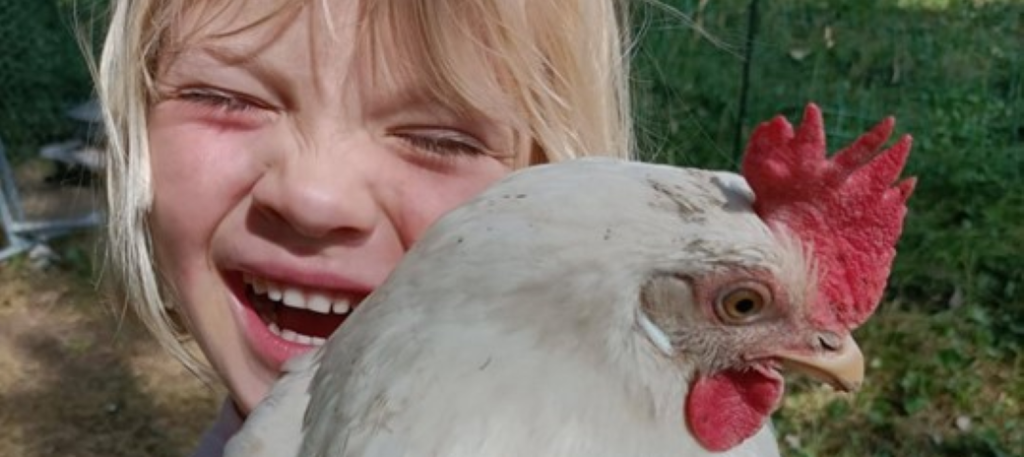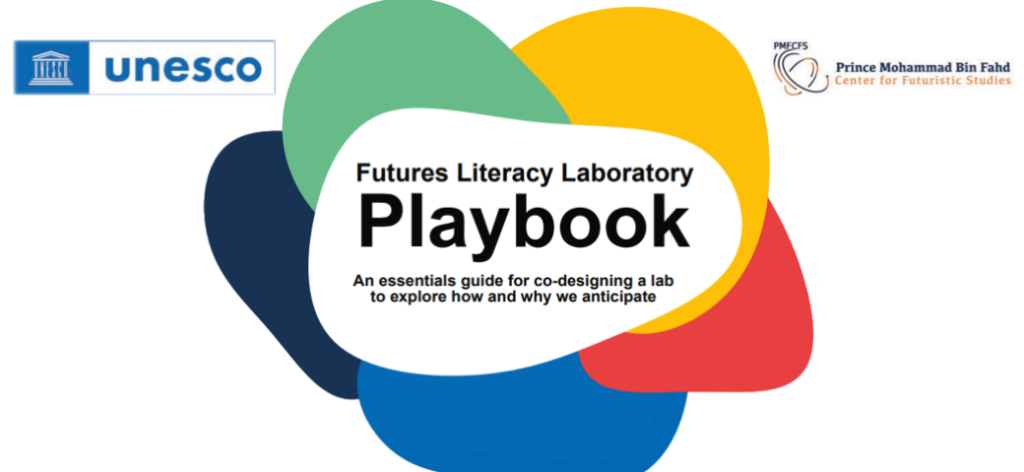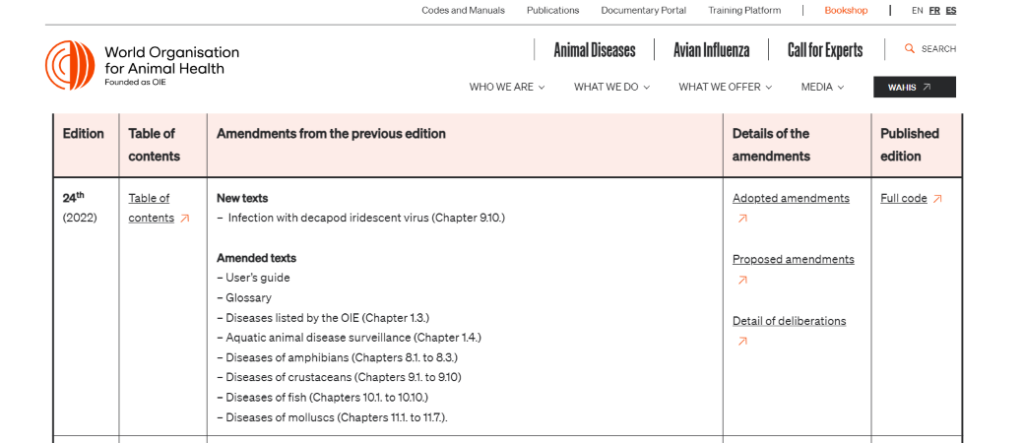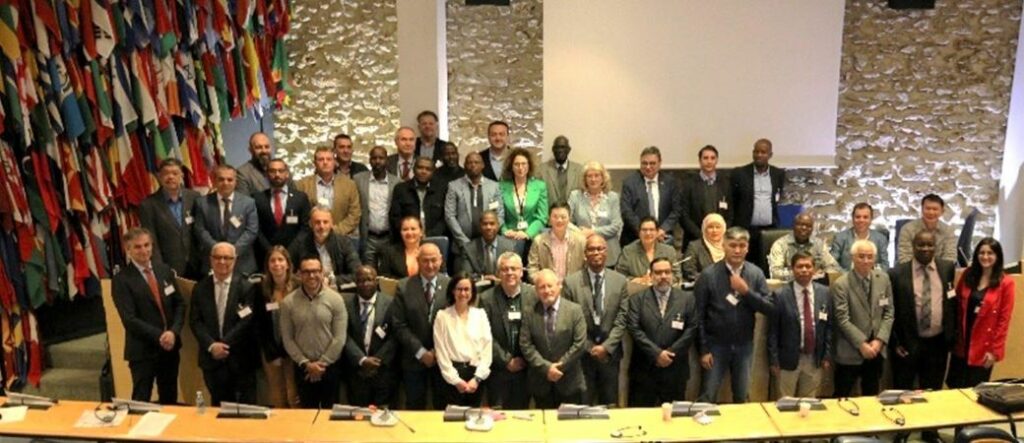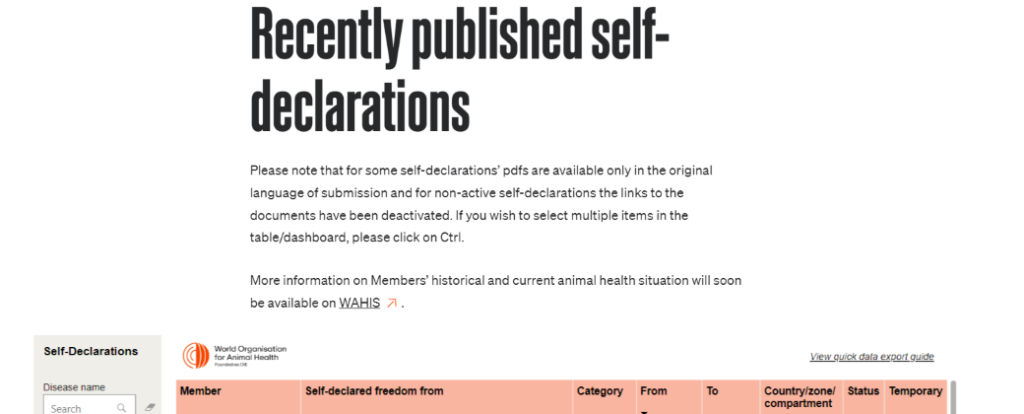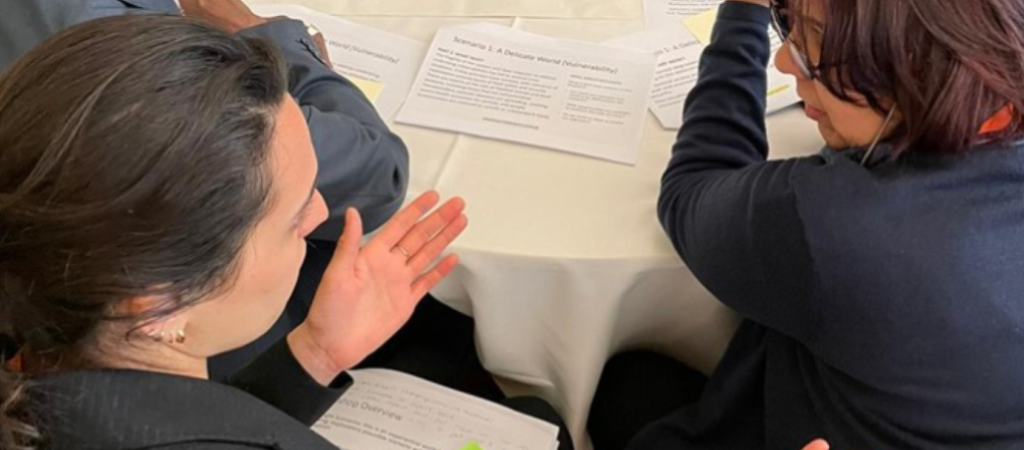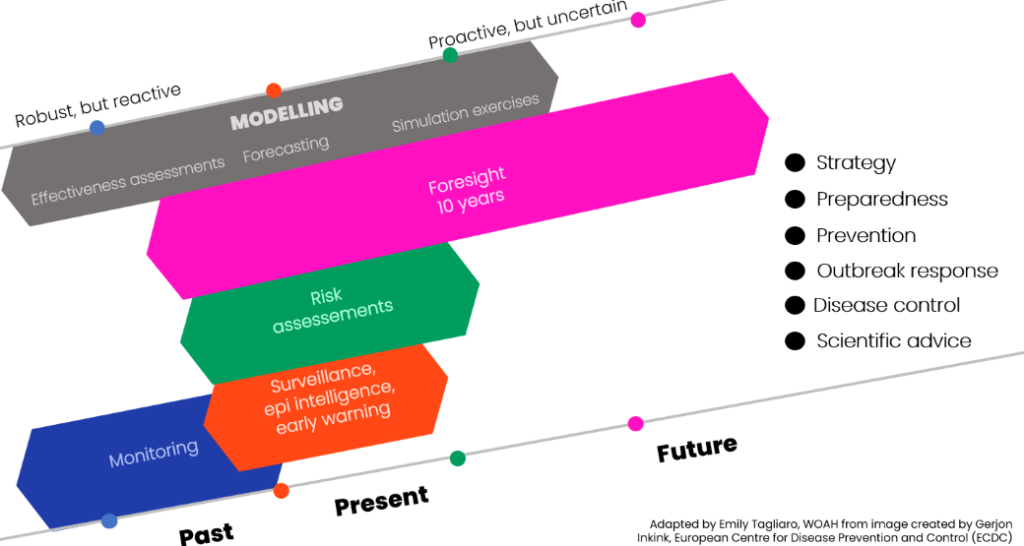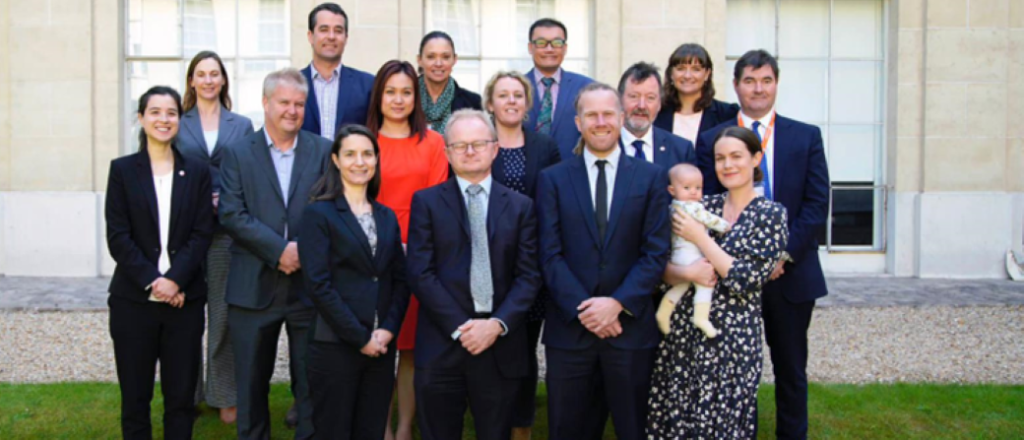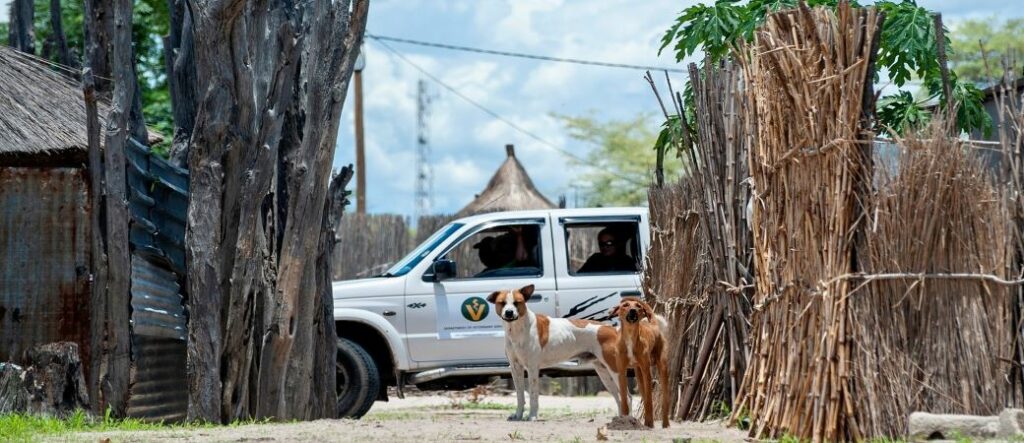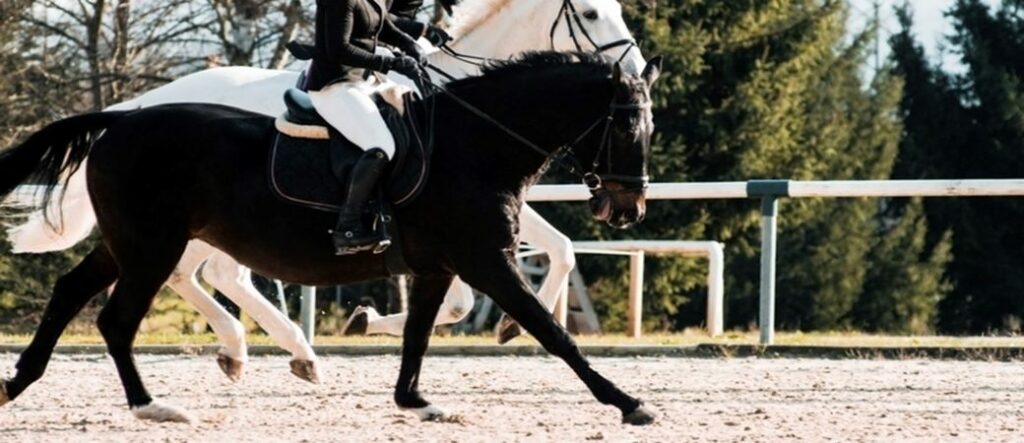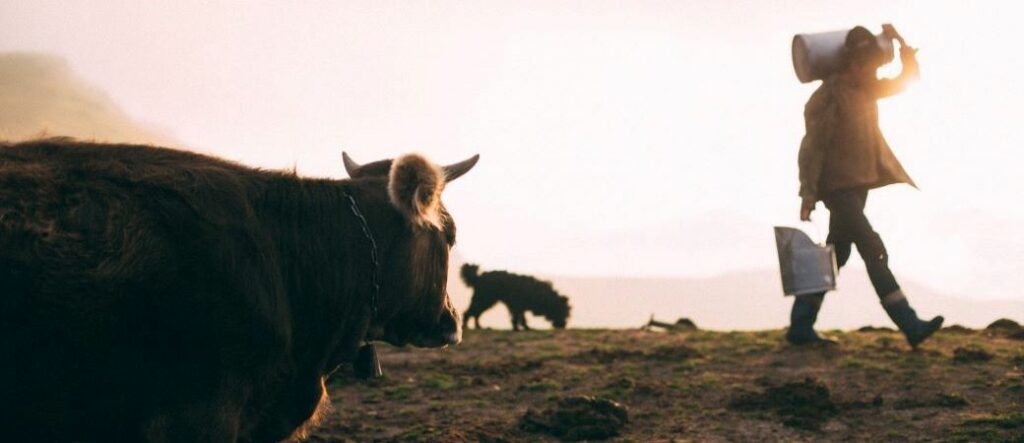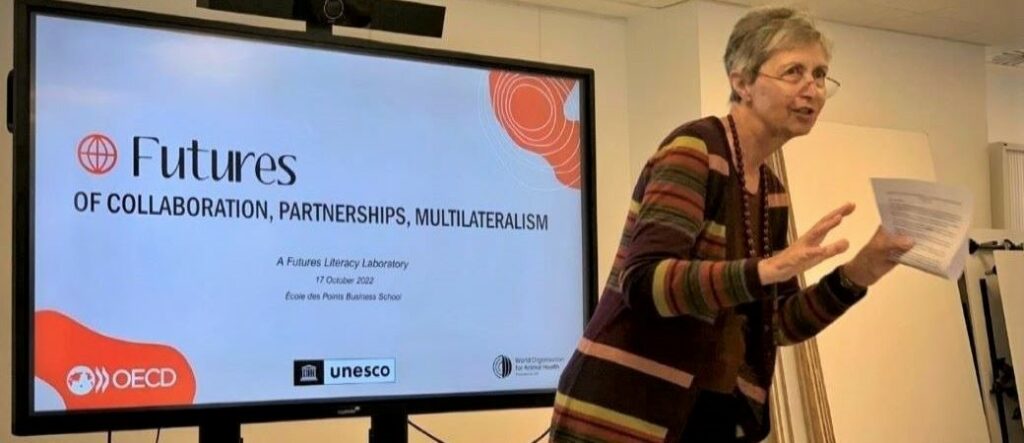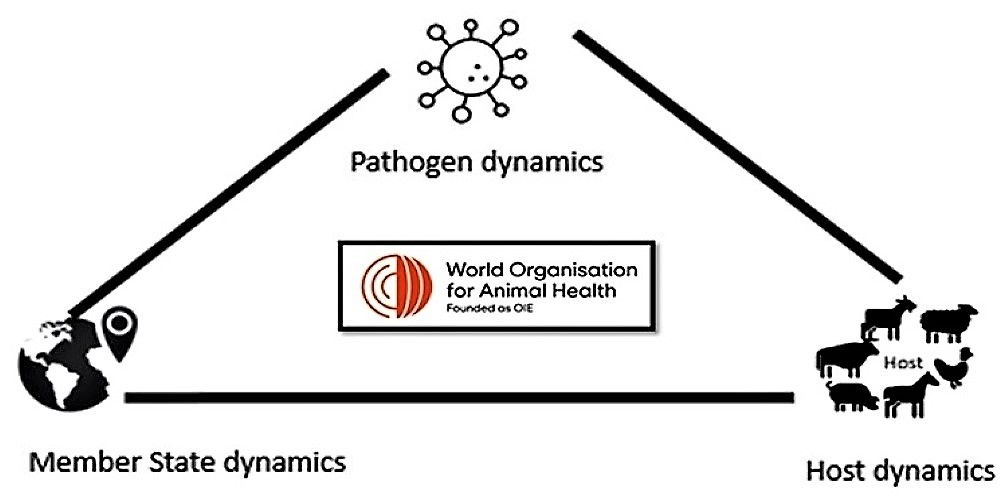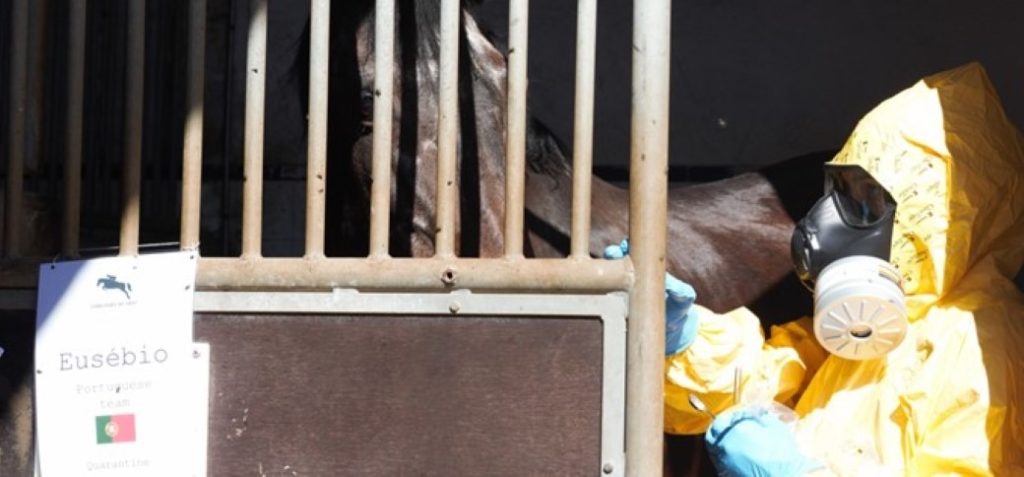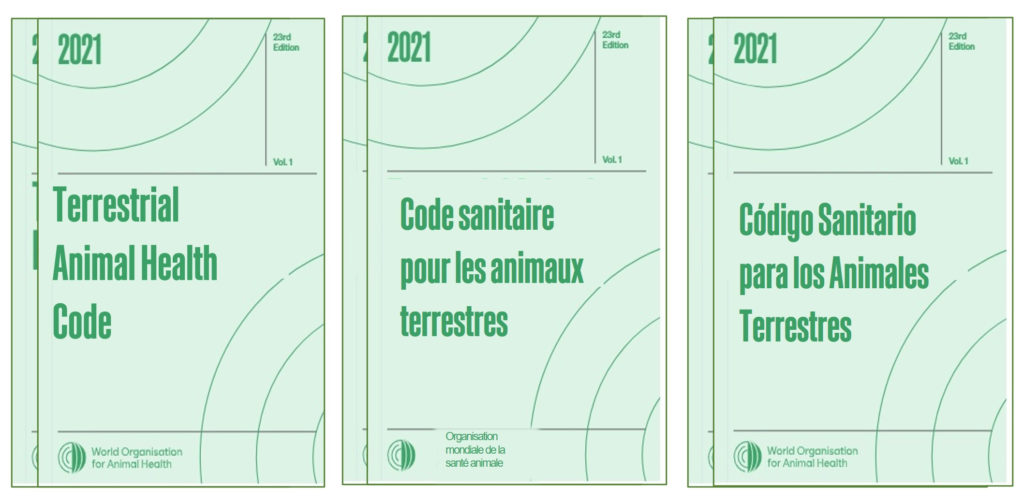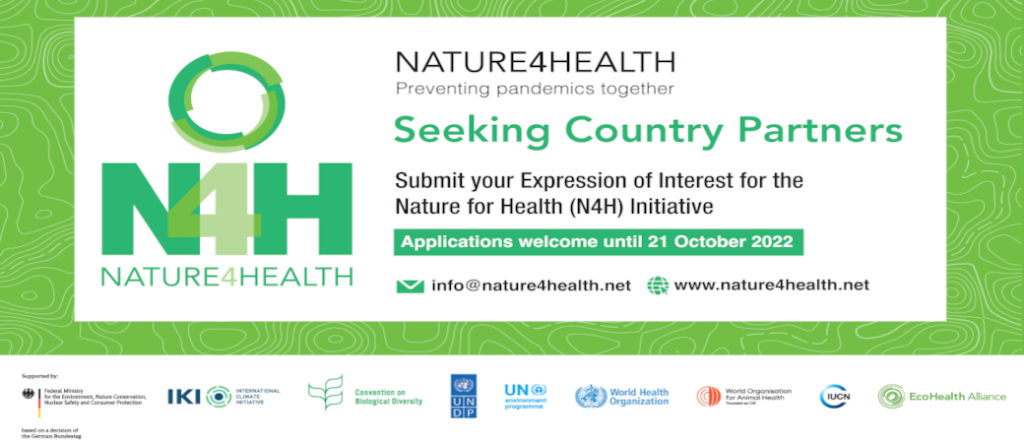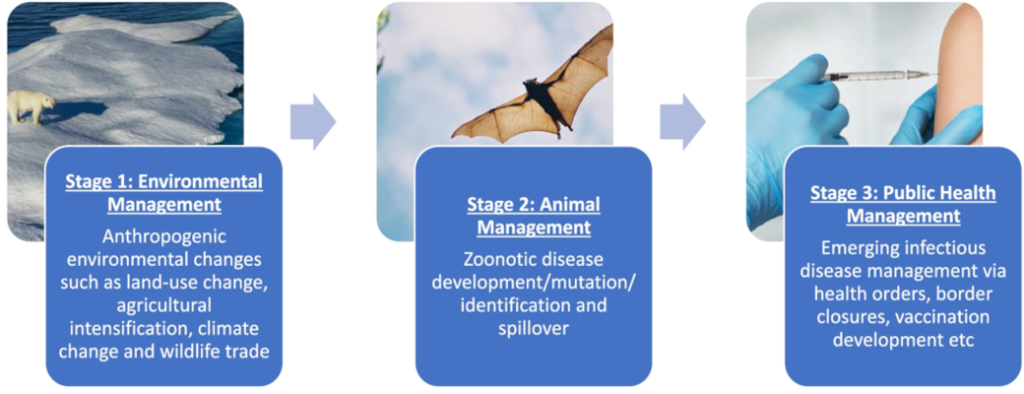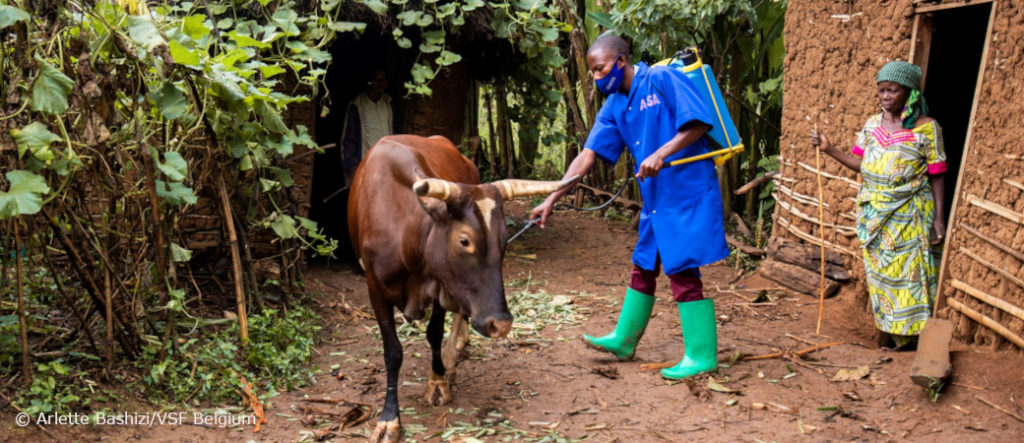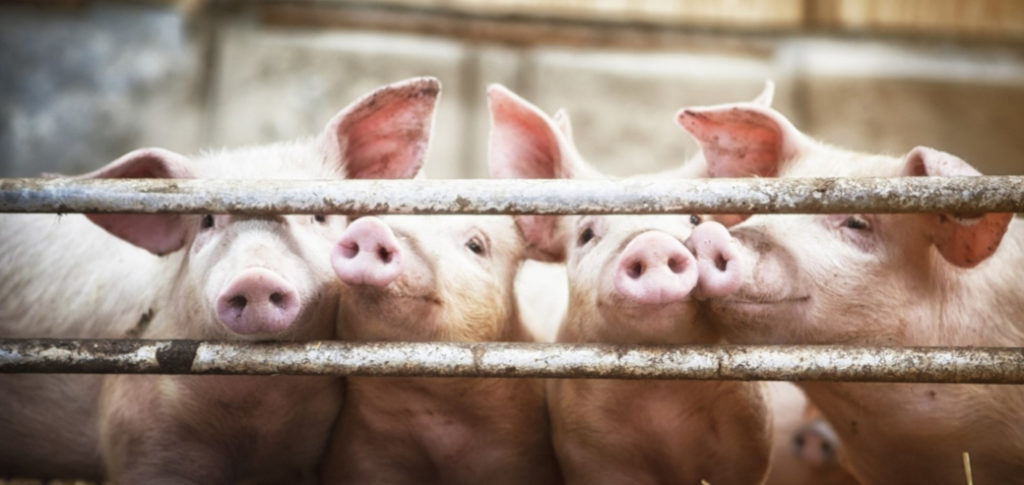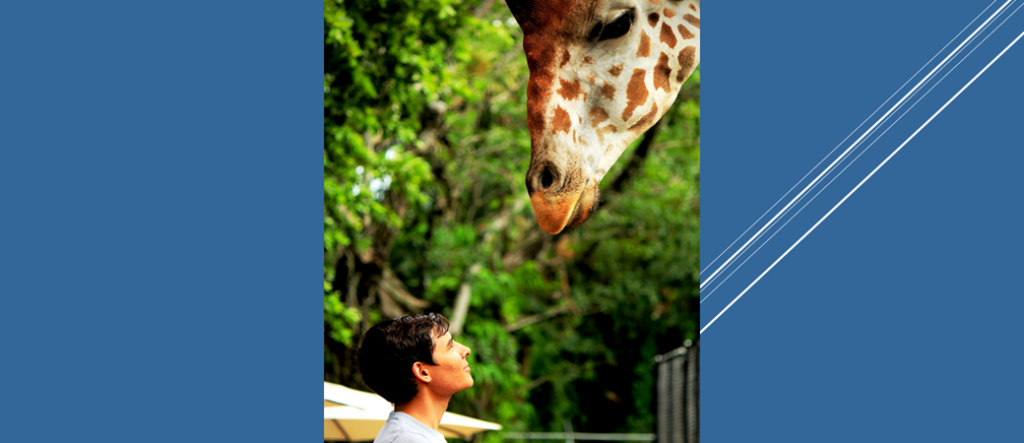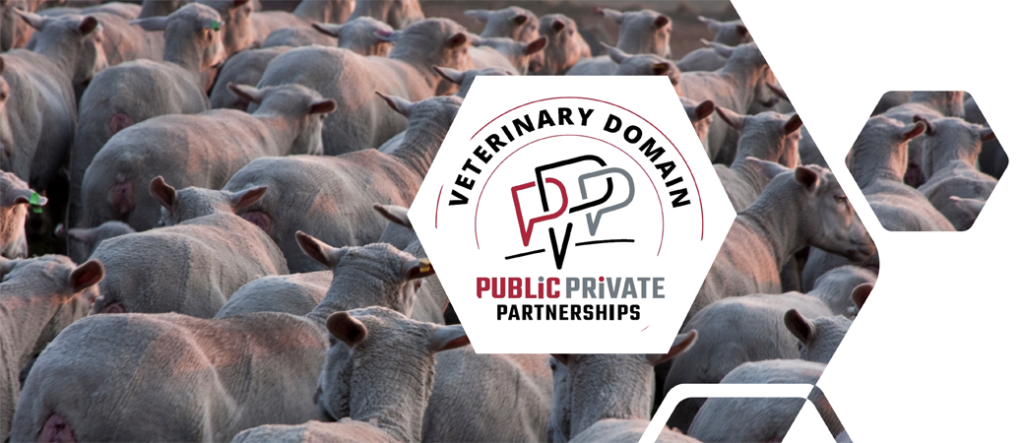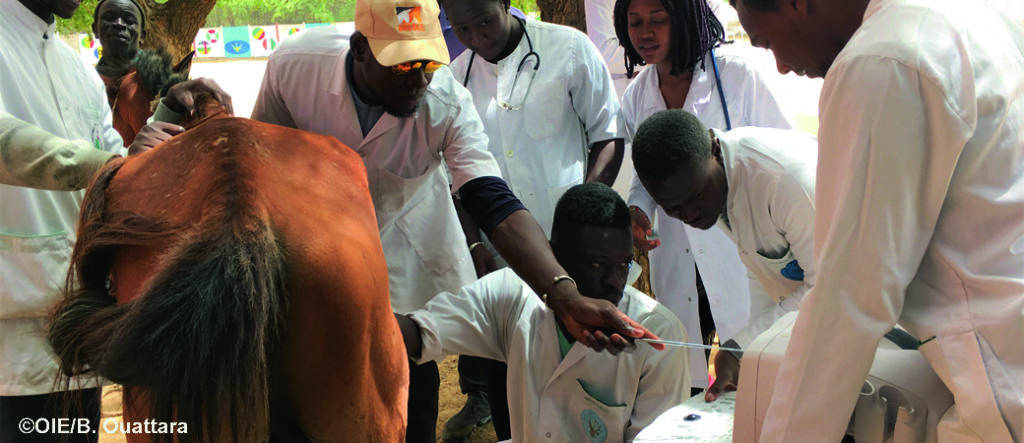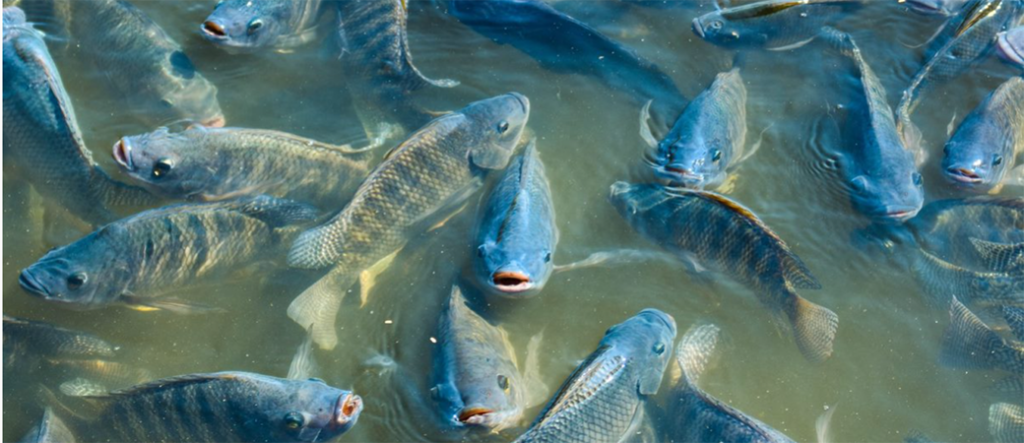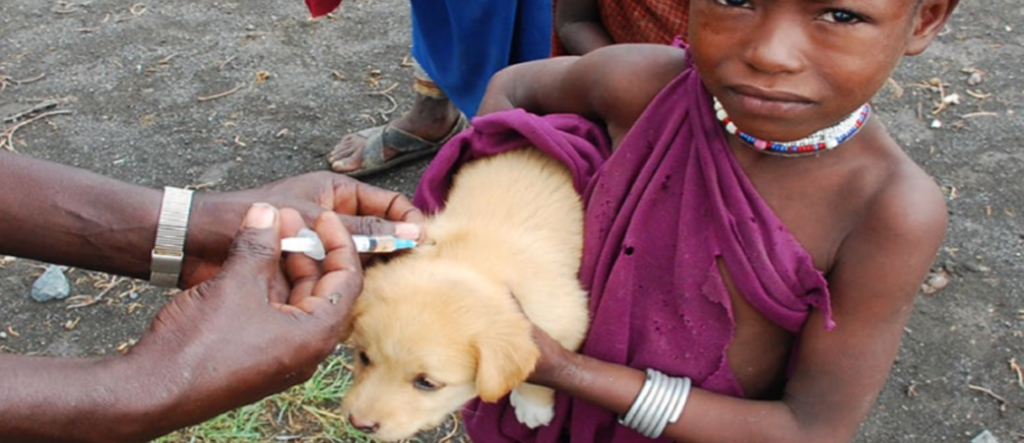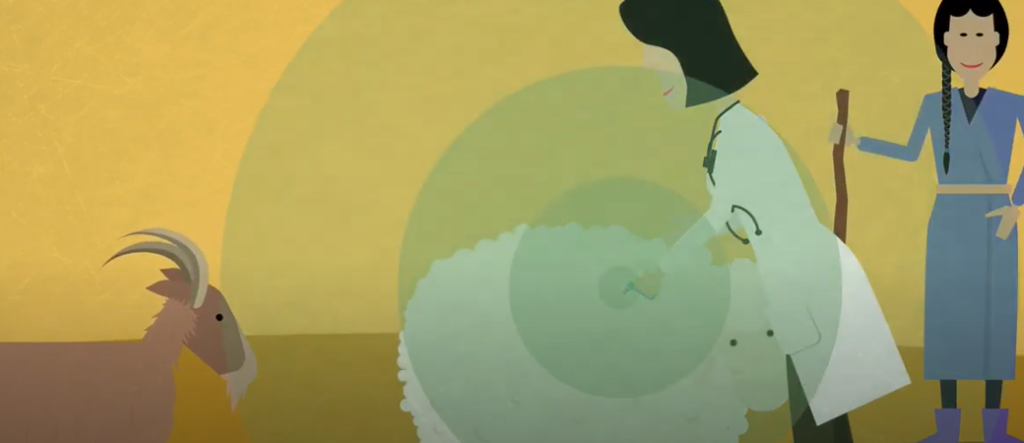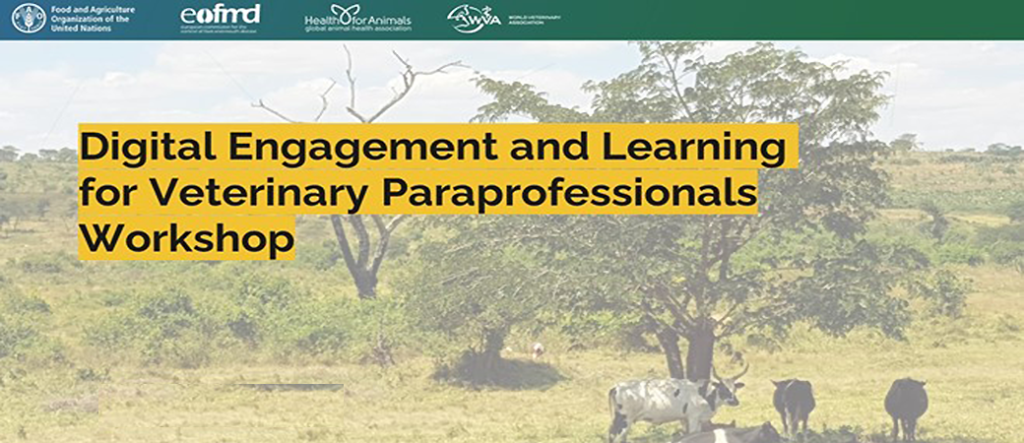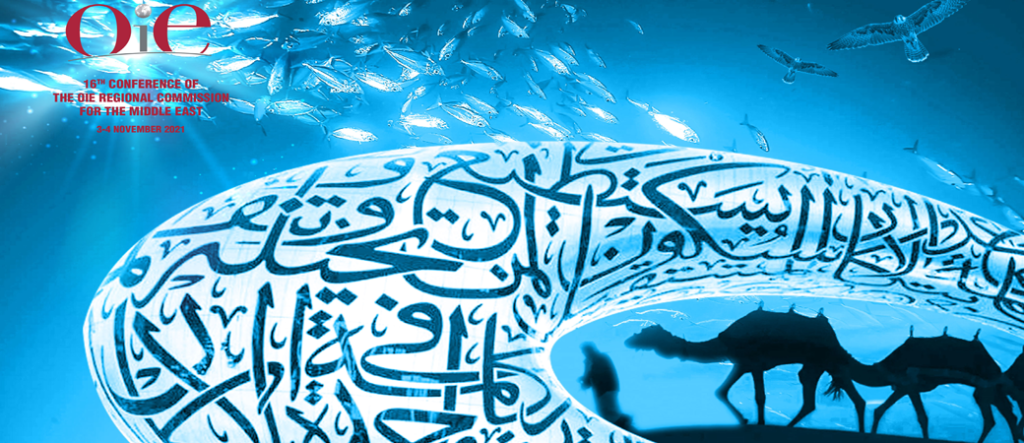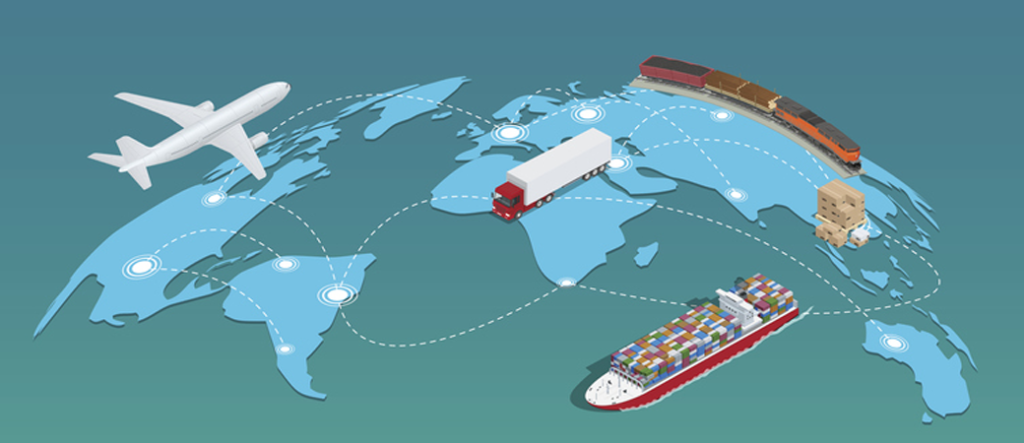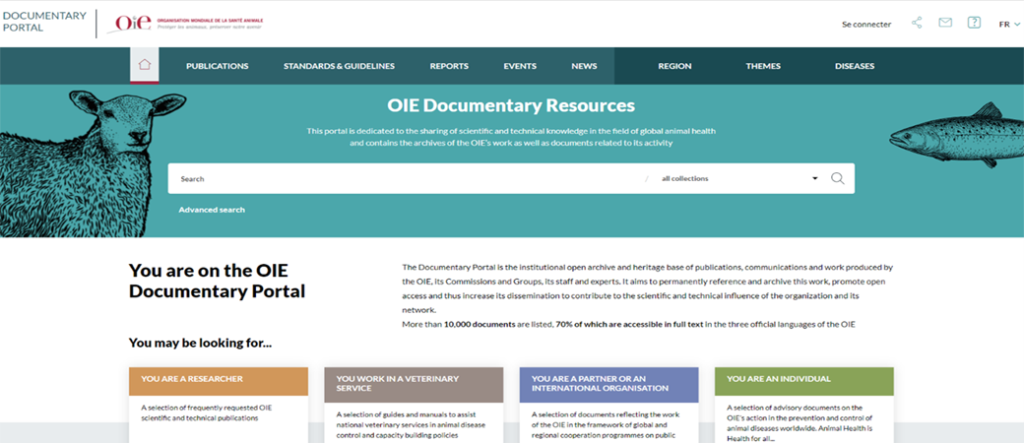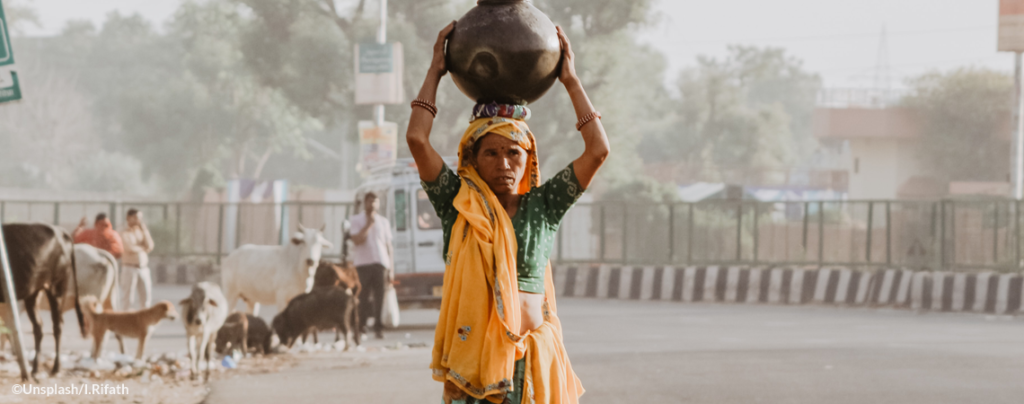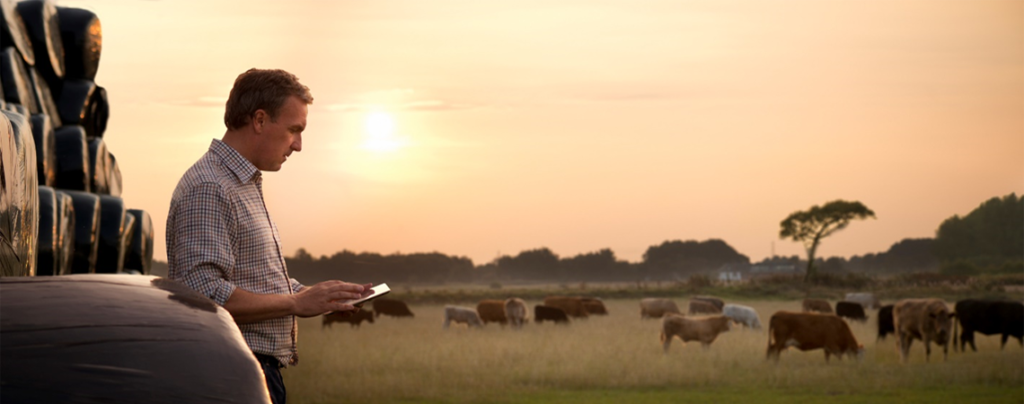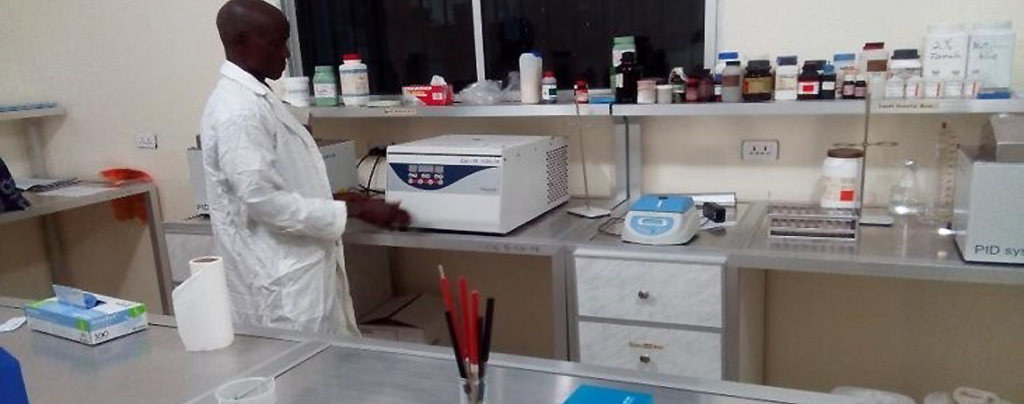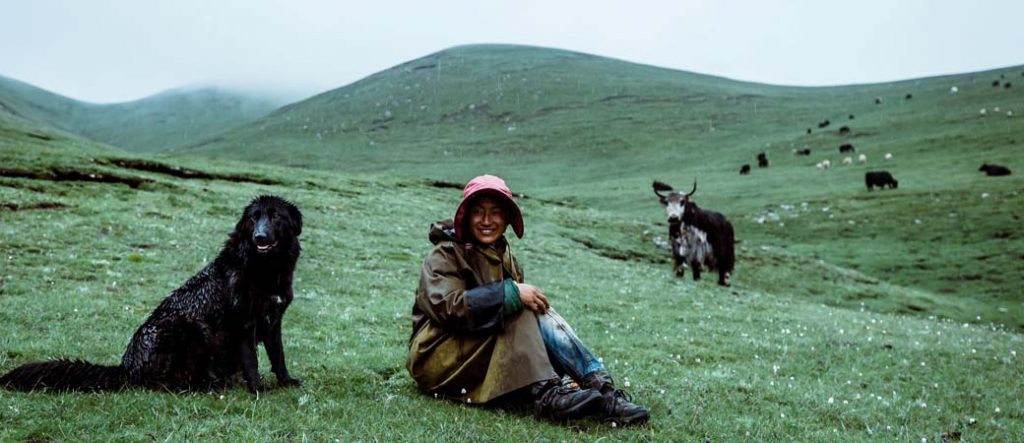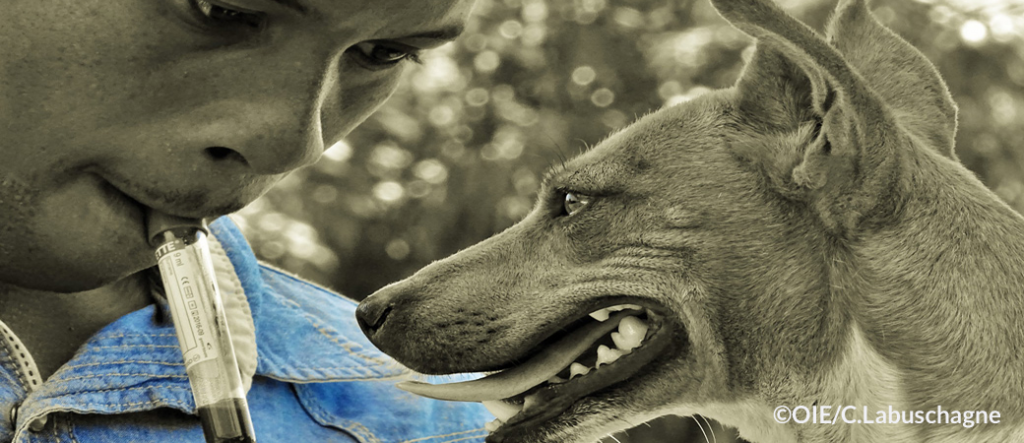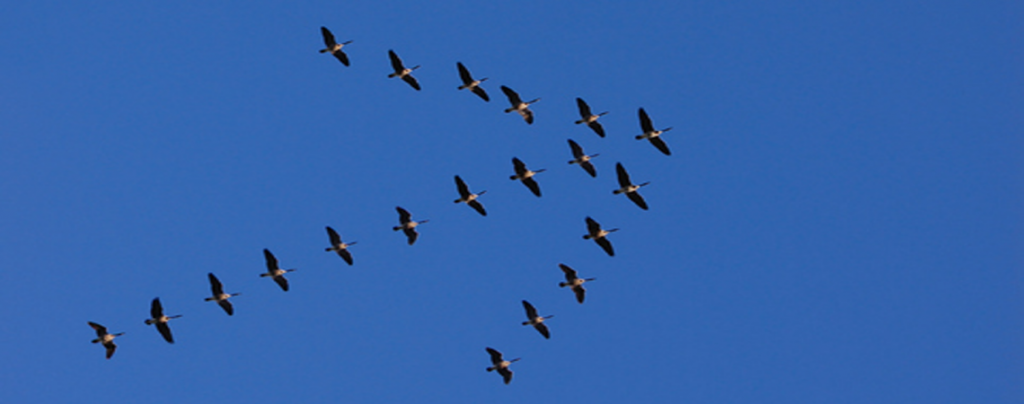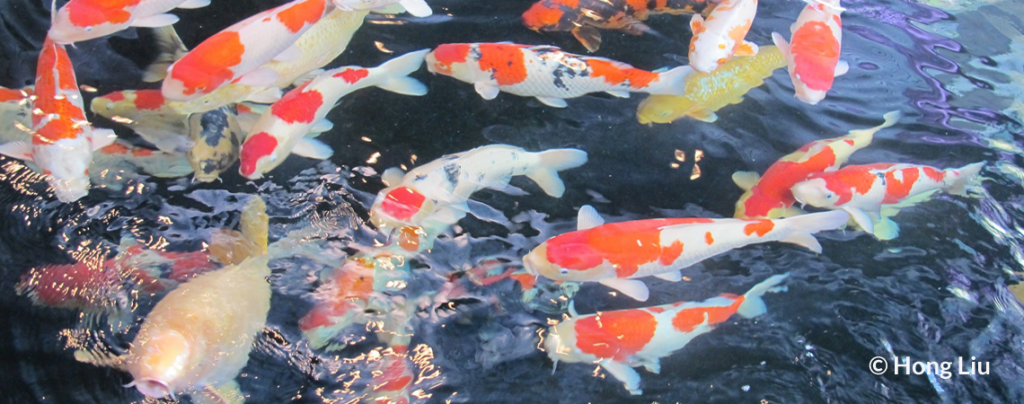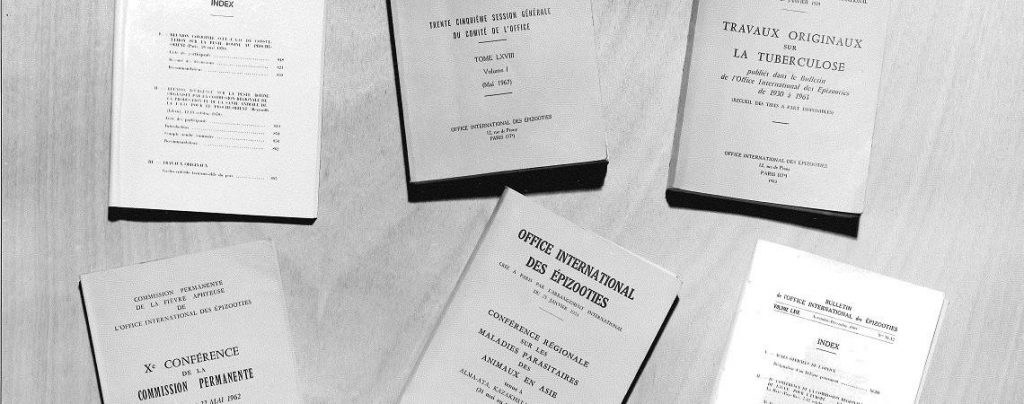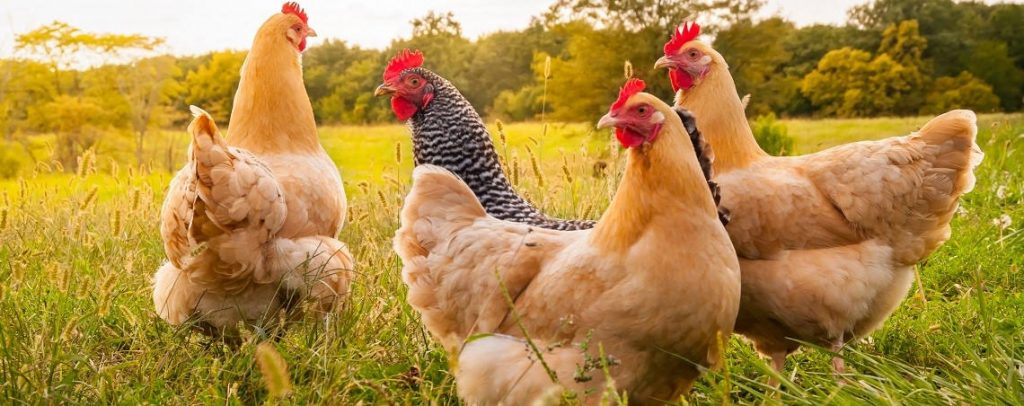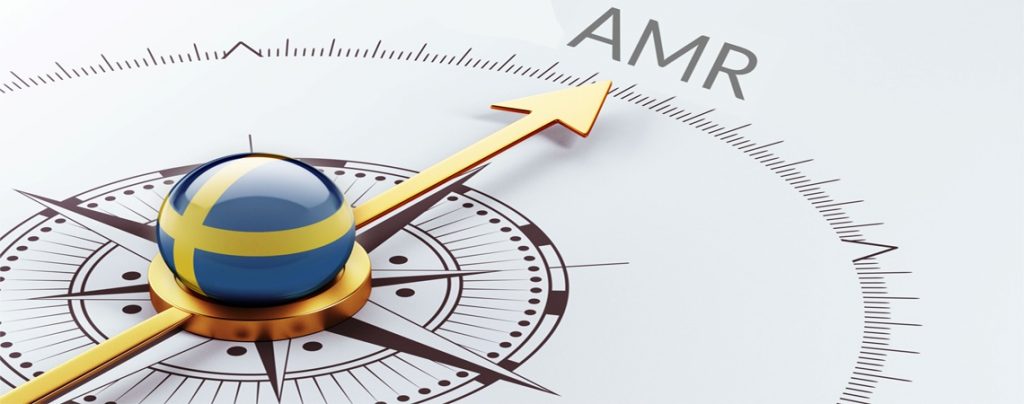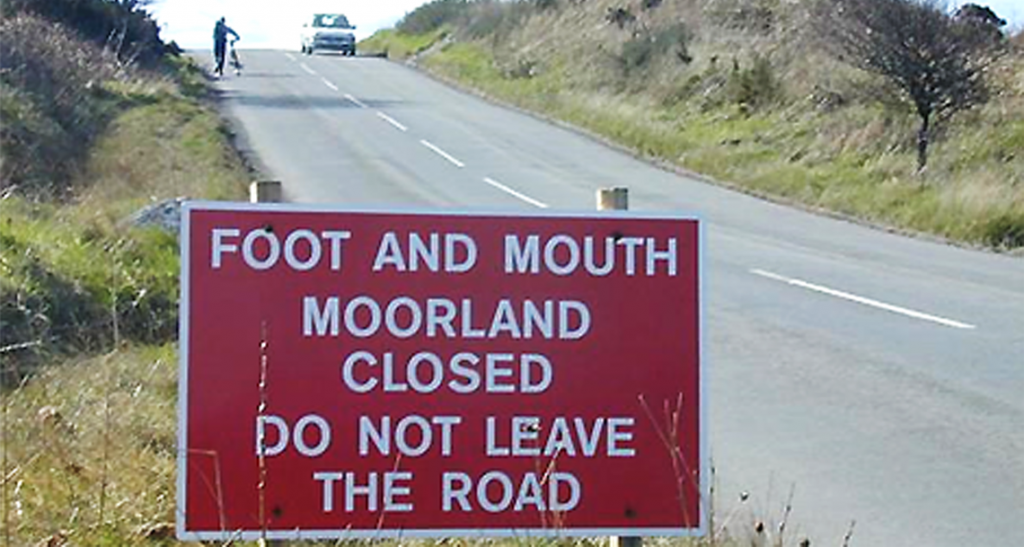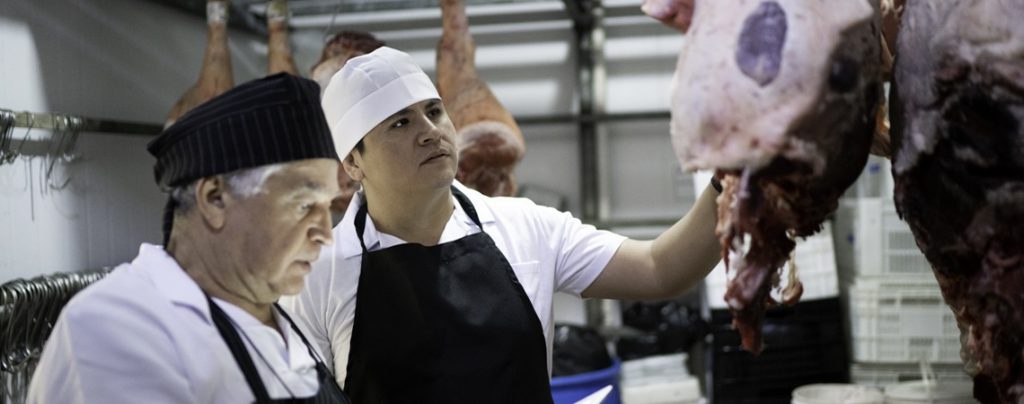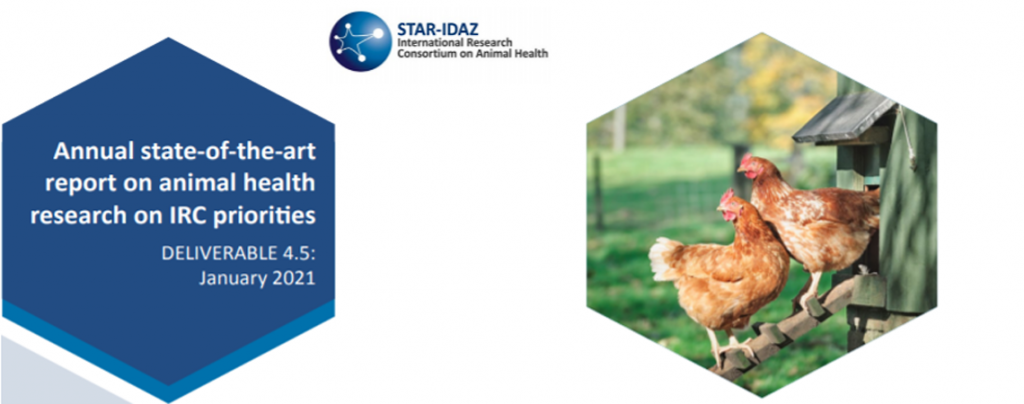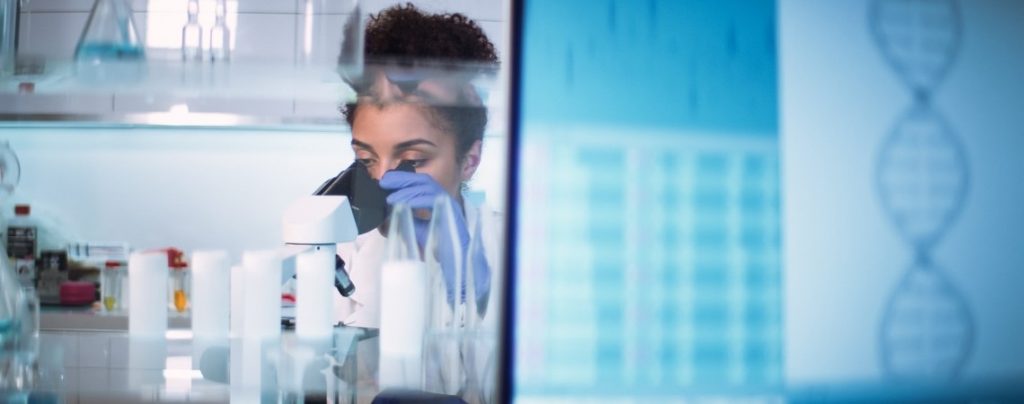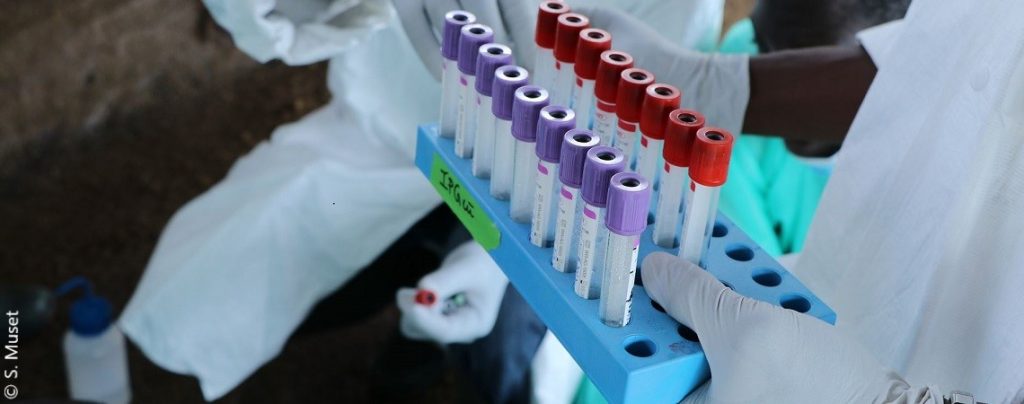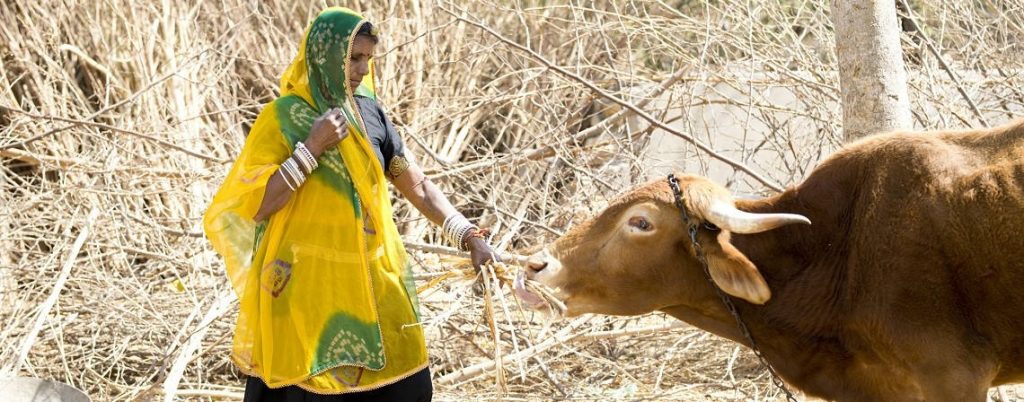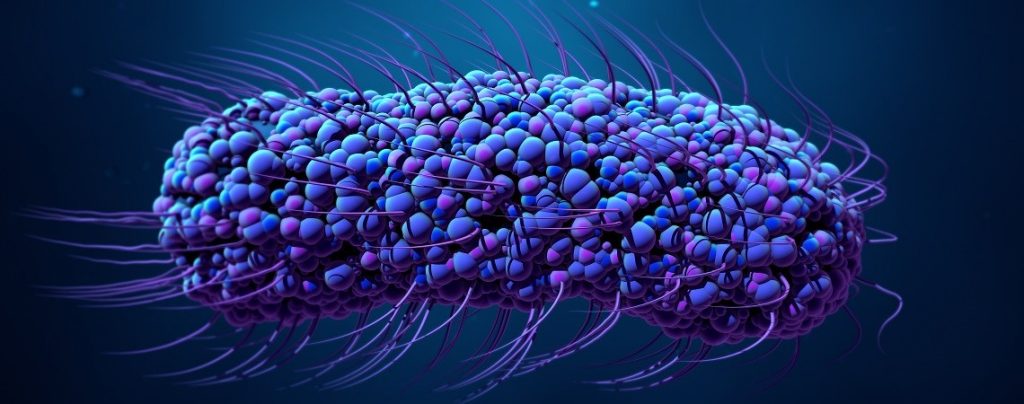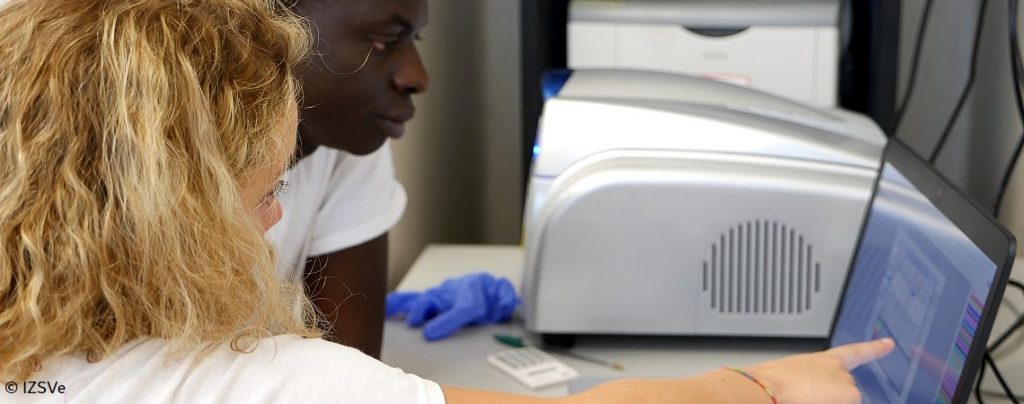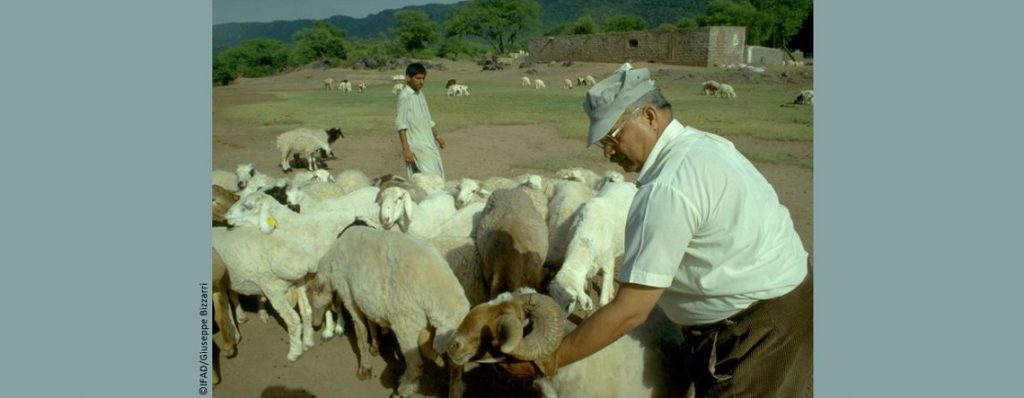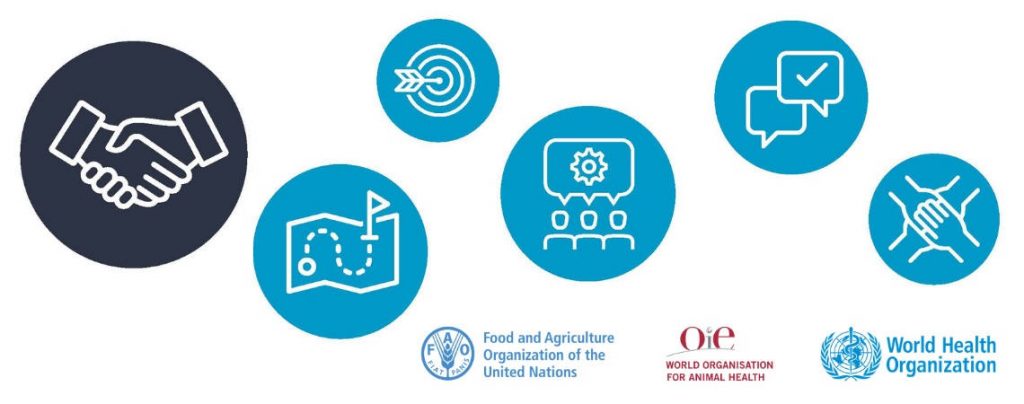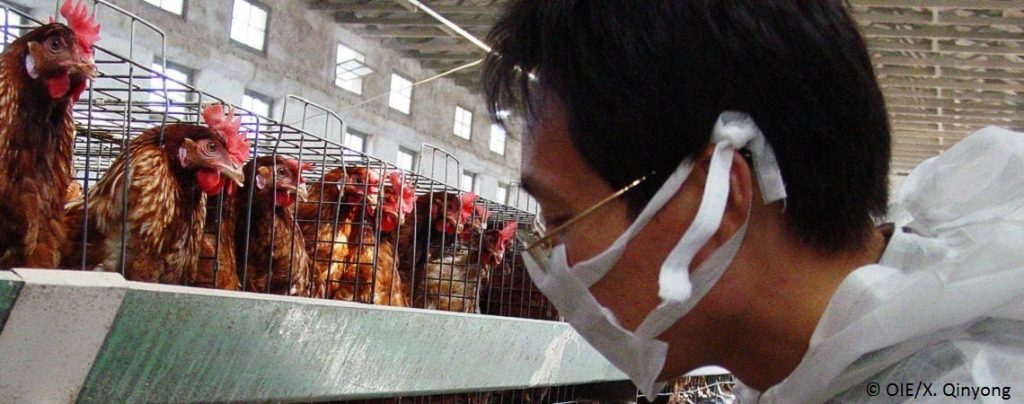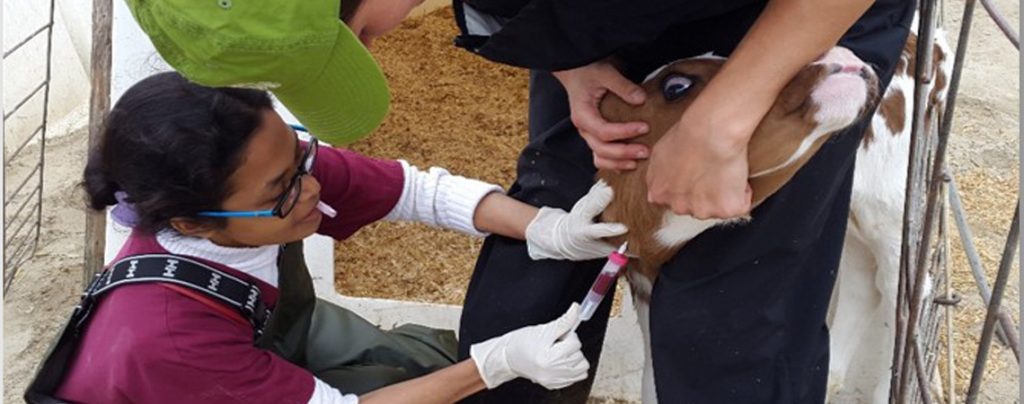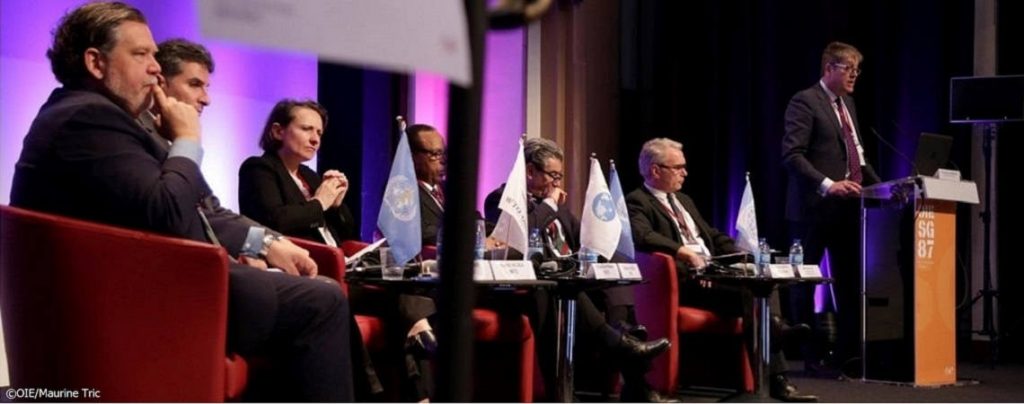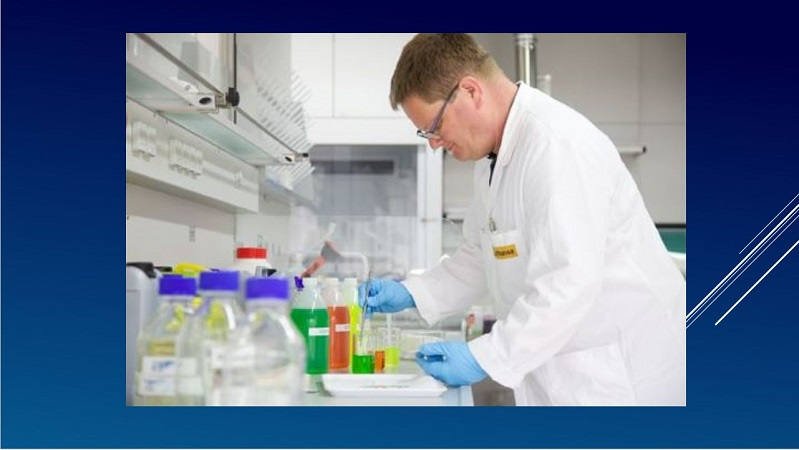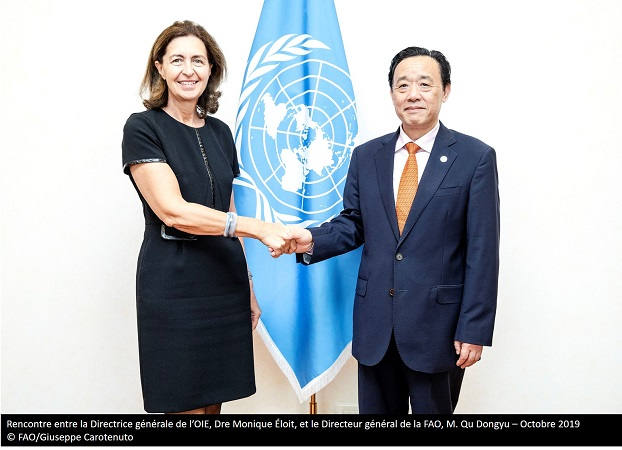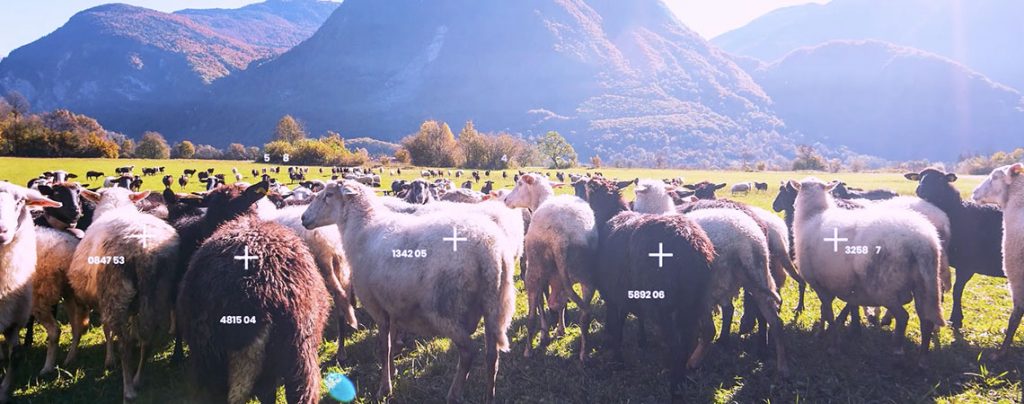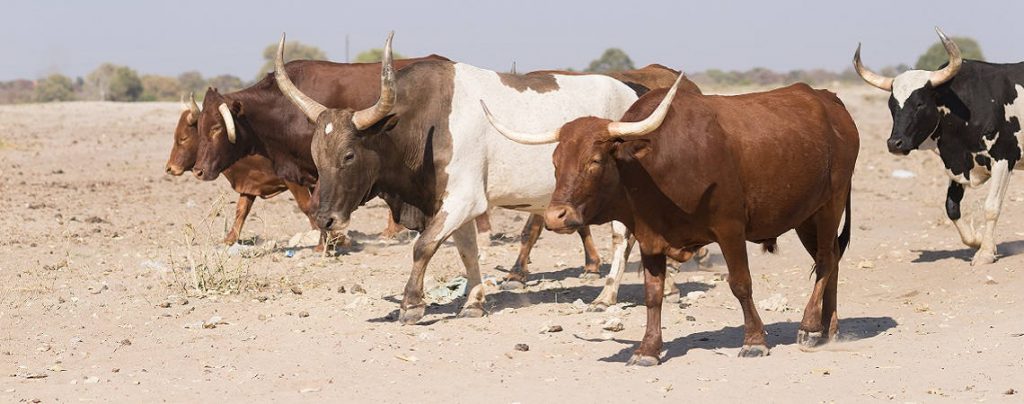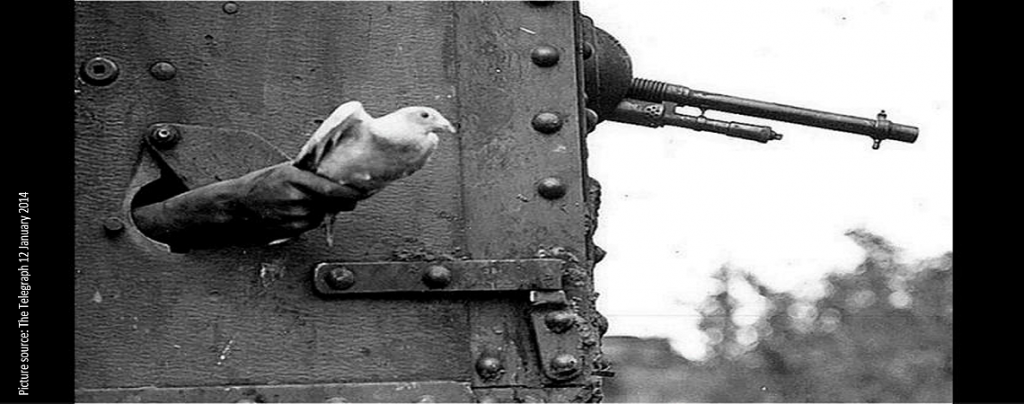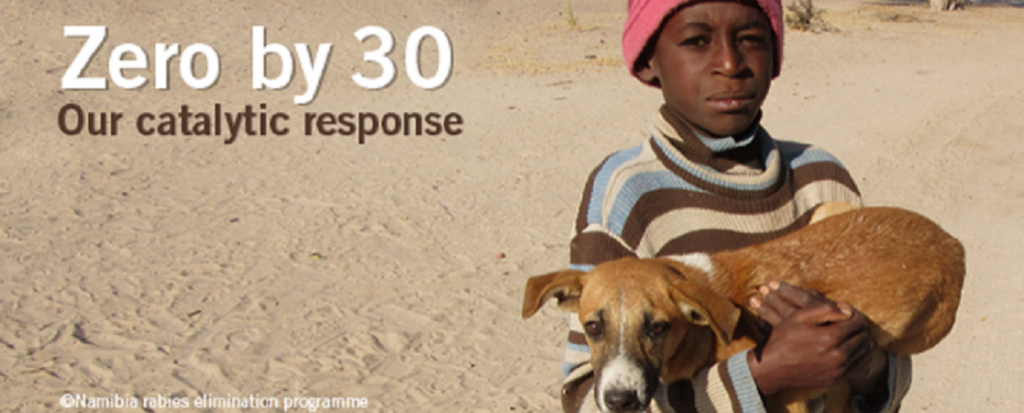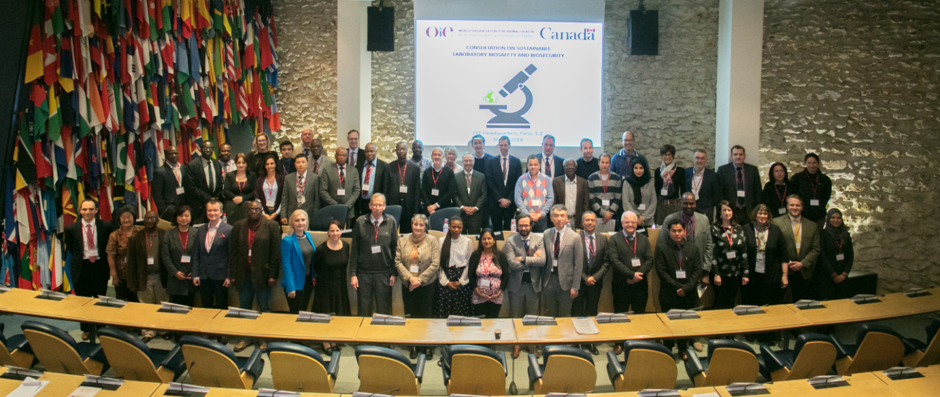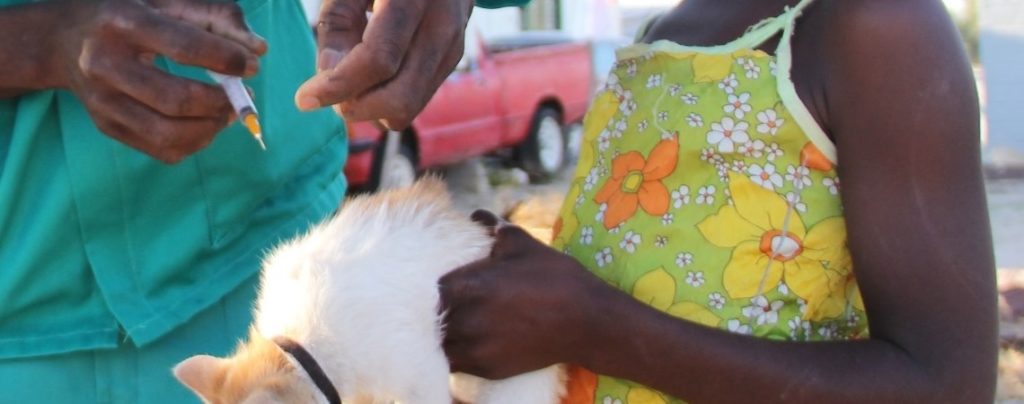INFORMATION EN CONTINU Posté sur 2021-05-10 10:26:07
Global report indicates decreasing trend in antimicrobials intended for use in the animal sector
Mots-clés
The Fifth Report provides details on the global use of antimicrobial agents adjusted for animal biomass for 2017 and interprets the overall findings of the fifth annual data collection on the use of antimicrobial agents in animals, including a global and regional analyses and for the first-time trends in antimicrobial quantities intended for use over time.
Global trends from 2015 to 2017
Debuting in the Fifth Report, the trend from 2015 to 2017 on global antimicrobial use data is included in the report. This new section presents the analysis of data from 69 countries on the global mg/kg intended for use and by antimicrobial classes. Globally, an overall decrease in antimicrobial quantities was observed with a 34% decrease of mg/kg from 2015 to 2017, indicating a positive trend over time in more prudent and responsible use of antimicrobials in the animal health sector.
This is an important addition to the annual database analysis because it highlights our Members and non-members continued dedication to robust data collection and the OIE’s commitment to continuing the evaluation of trends over time to improve our understanding of antimicrobial use and promotes behaviour change to ensure prudent and responsible use.

Five years of data collection
The Fifth Report marks five years of close collaboration between the OIE and our Members and non-members to collect increasingly detailed data. A record high total of 160 countries provided data to the database, including 133 countries who provided quantitative data of increasingly detailed quality. The fifth year of data collection also marks the largest number of countries who were able to provide data using Reporting Option 3, which is the most detailed level of data on quantities of antimicrobial agents.
This progress demonstrates the continuously increased engagement from countries participating in the data collection, and capability to collect and measure national trends. Countries have improved their methodology for calculating antimicrobial quantities facilitated through an Excel Calculation Tool developed to overcome technical barriers. This progress contributes to the building of a robust OIE database on antimicrobial agents intended for use in animals.
Future developments
The OIE is currently developing an interactive and automated IT system, which will provide countries with 24/7 access to review, analyse and use their national data, while allowing the OIE to meet its commitment to providing global data analyses to the public.
Such information may assist Members in risk management to evaluate the effectiveness of their regulations and efforts to optimise antimicrobial use and mitigation strategies, in accordance with Chapter 6.9. of the Terrestrial Animal Health Code and Chapter 6.3. of the Aquatic Animal Health Code and the recommendations of the OIE List of Antimicrobial Agents of Veterinary Importance.
The Organisation looks forward to continuing to work with its Members and non-members to strengthen national capacity to monitor and regulate the use of antimicrobials and improve global awareness on antimicrobial resistance through the OIE AMU global database.

Resources
- World Organisation for Animal Health (OIE) (2021). – OIE Annual Report on Antimicrobial Agents Intended for Use in Animals. Better understanding of the global situation. Fifth annual report.
- World Organisation for Animal Health (OIE) (2021). – OIE Fifth Annual Report Factsheet: Antimicrobial agents intended for use in animals.
- World Organisation for Animal Health (OIE). – Global database on antimicrobial agents intended for use in animals.
- World Organisation for Animal Health (OIE) (2019). – Chapter 6.9. Monitoring of the quantities and usage patterns of antimicrobial agents used in food-producing animals. In Terrestrial Animal Health Code.
- World Organisation for Animal Health (OIE) (2019). –Chapter 6.3. Monitoring of the quantities and usage patterns of antimicrobial agents used in aquatic animals. In Aquatic Animal Health Code.
- World Organisation for Animal Health (OIE) (2019). – OIE List of Antimicrobial Agents of Veterinary Importance.
Communication Department contact: media@oie.int




